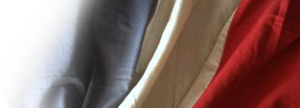The American Revolution
Comparison of Historical Images and LEGO Images
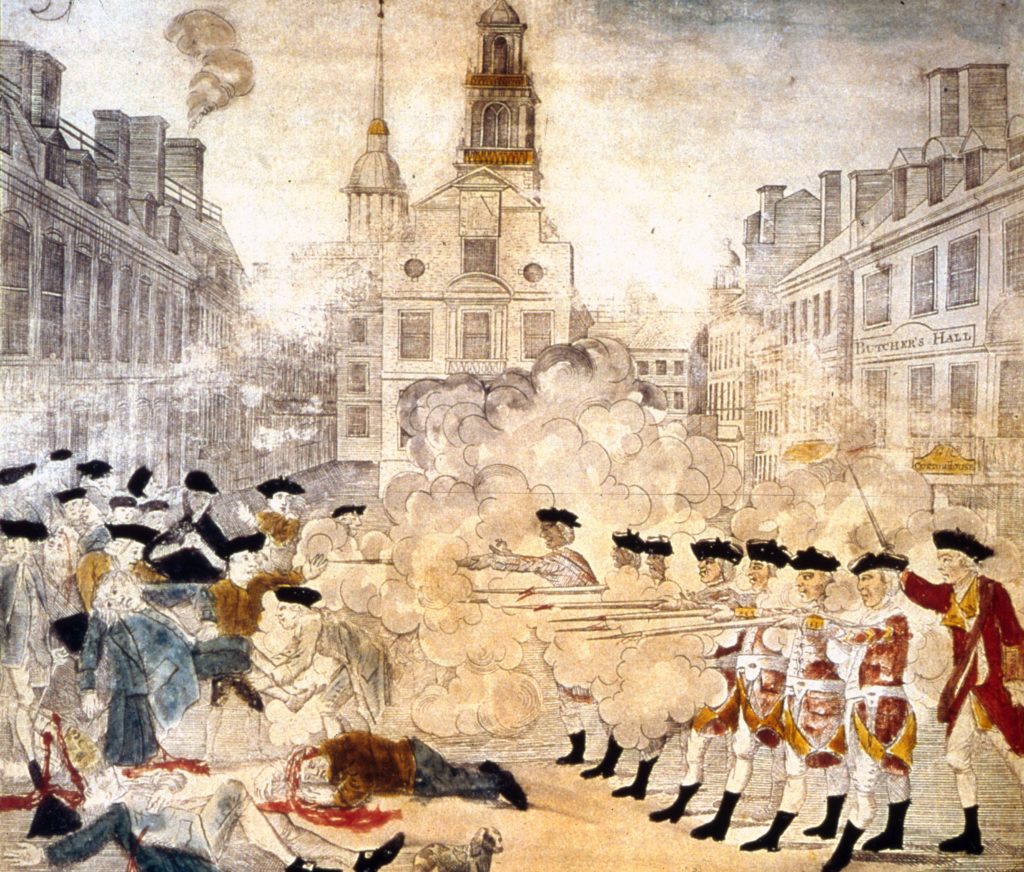
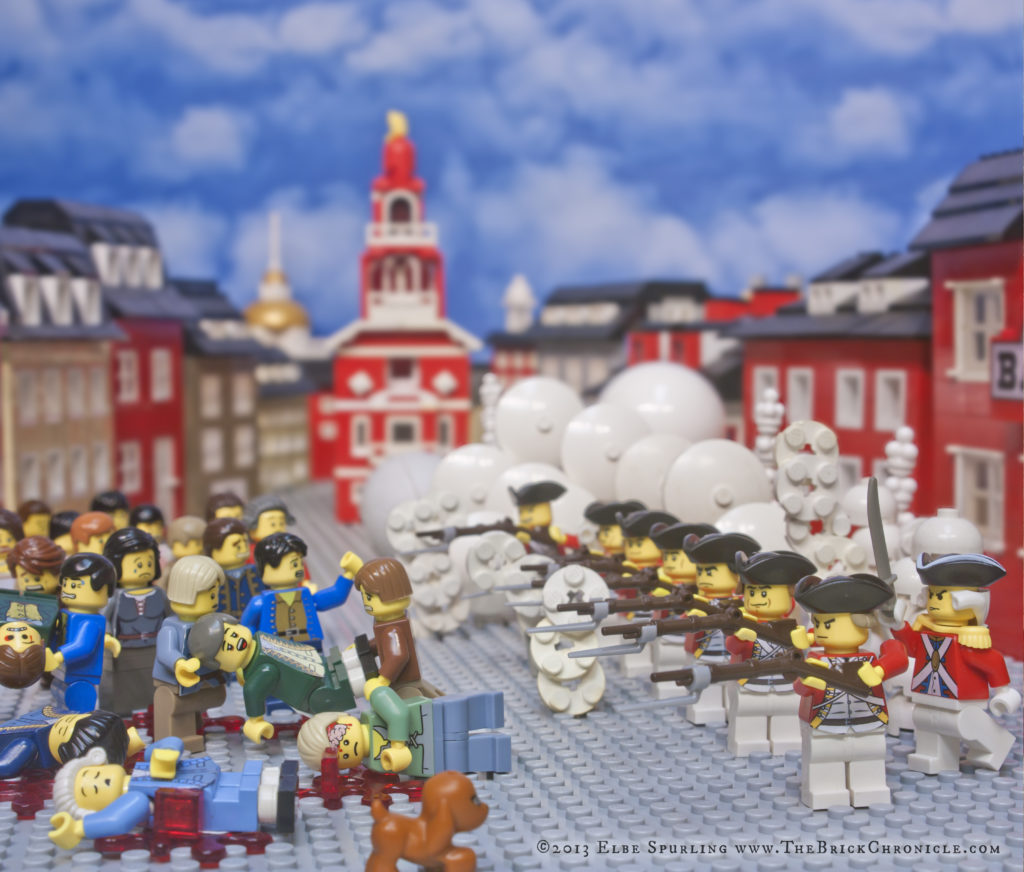
Paul Revere, best known for his midnight “The British are coming!” horseback ride, also created this famous engraving of the Boston Massacre which was subsequently copied and colored in by many different artists and spread throughout the colonies.
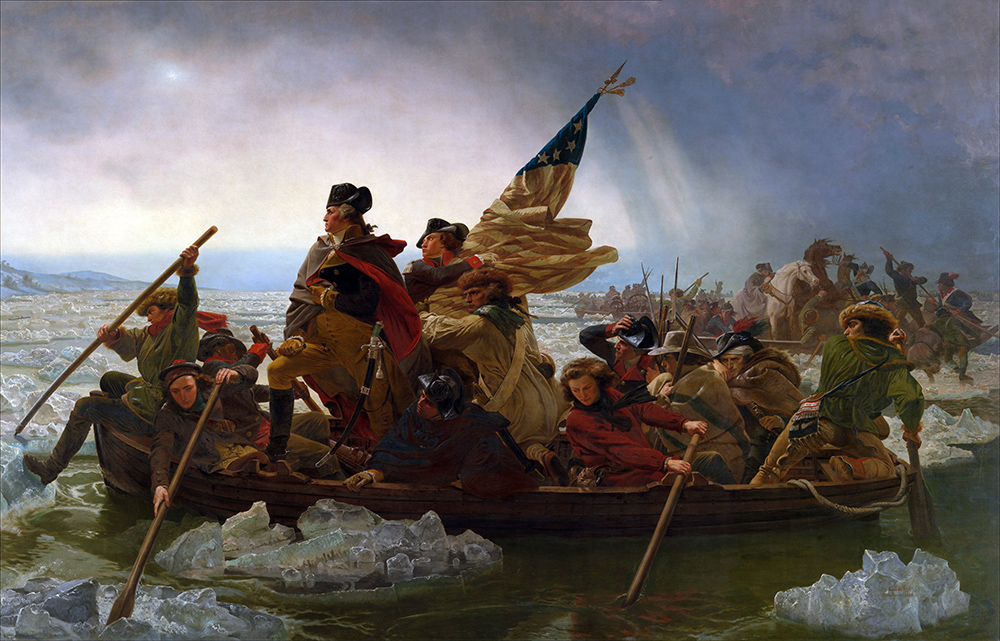
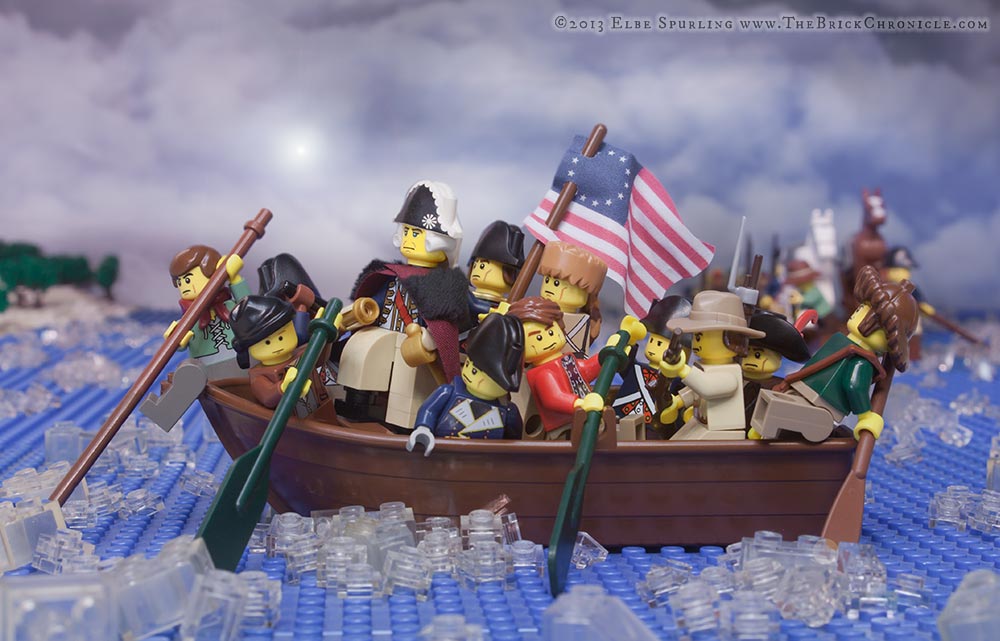
Washington crosses the Delaware River with 5,400 troops and 18 cannons on Christmas Day, 1776, to bring presents to all the good British soldiers and German mercenaries.
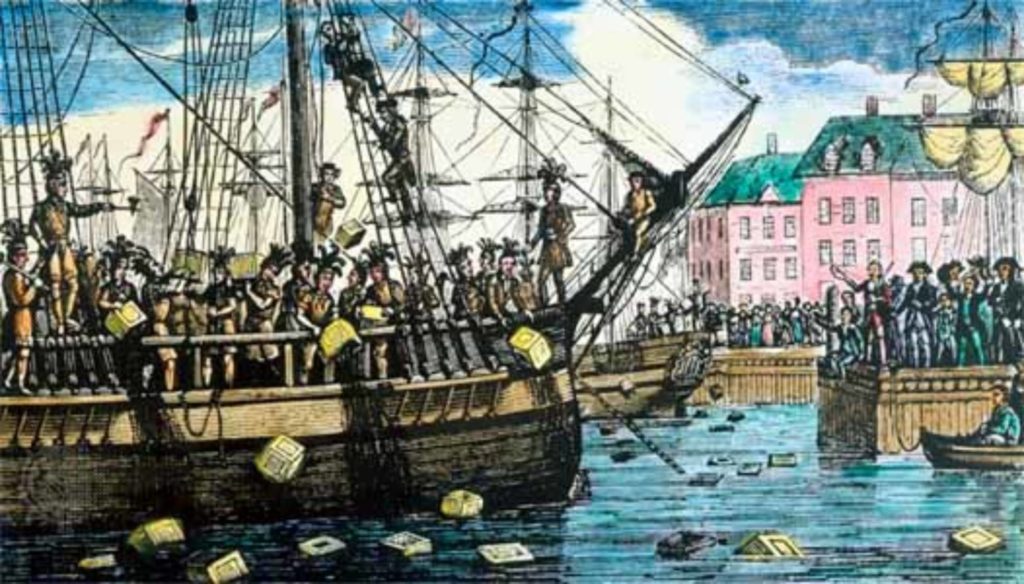
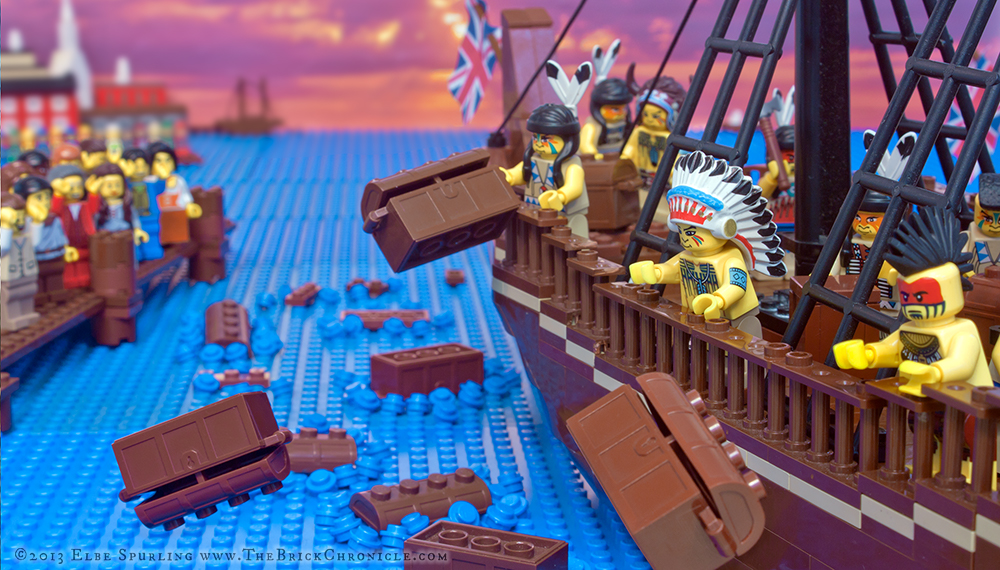
“The Destruction of the tea” as it was known at the time. December 16, 1773.
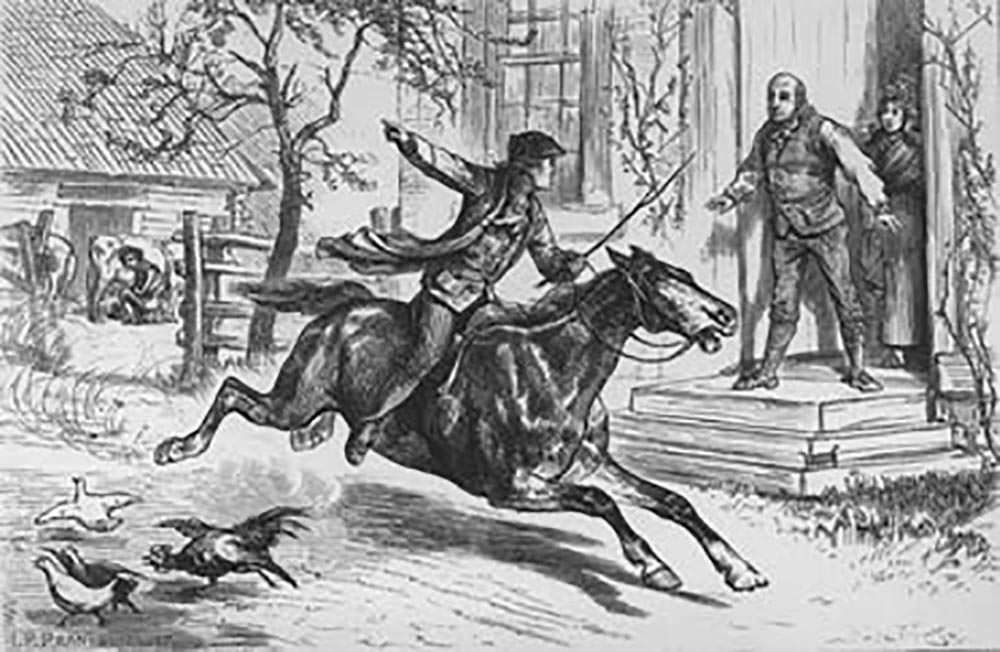
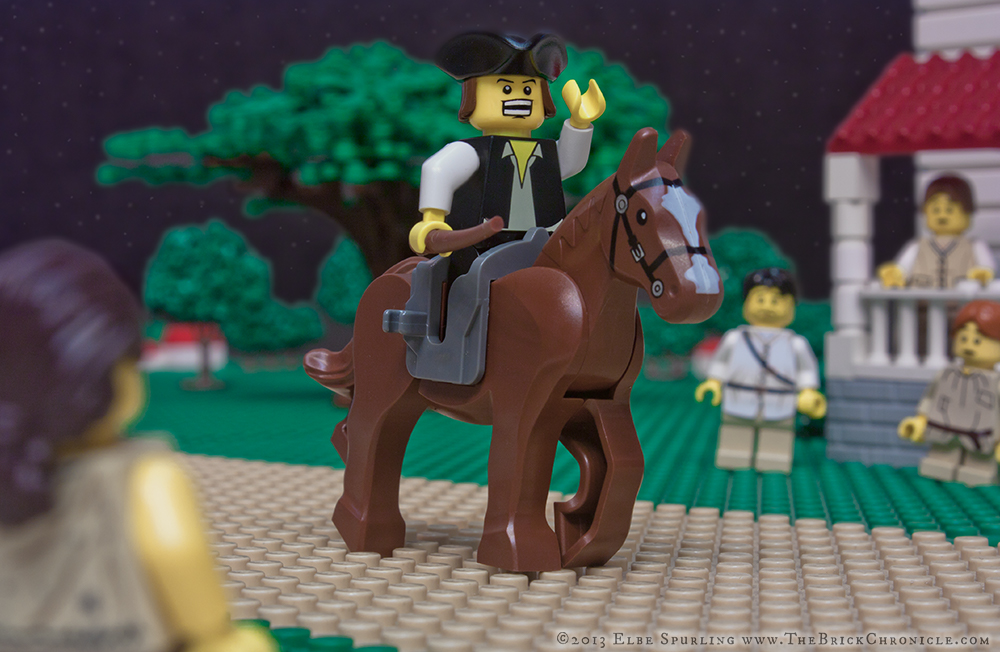
In the days before universal cell phone coverage, the colonists improvised a primitive communication system using one or two lanterns to indicate probable attack routes, and sent out messengers on horses that didn’t even have bluetooth.
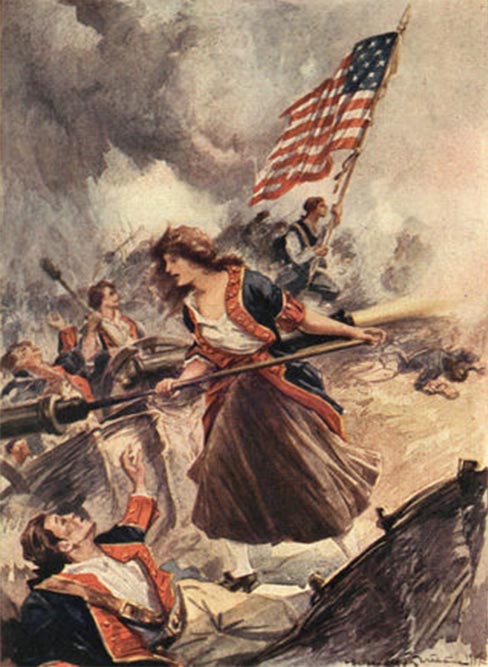
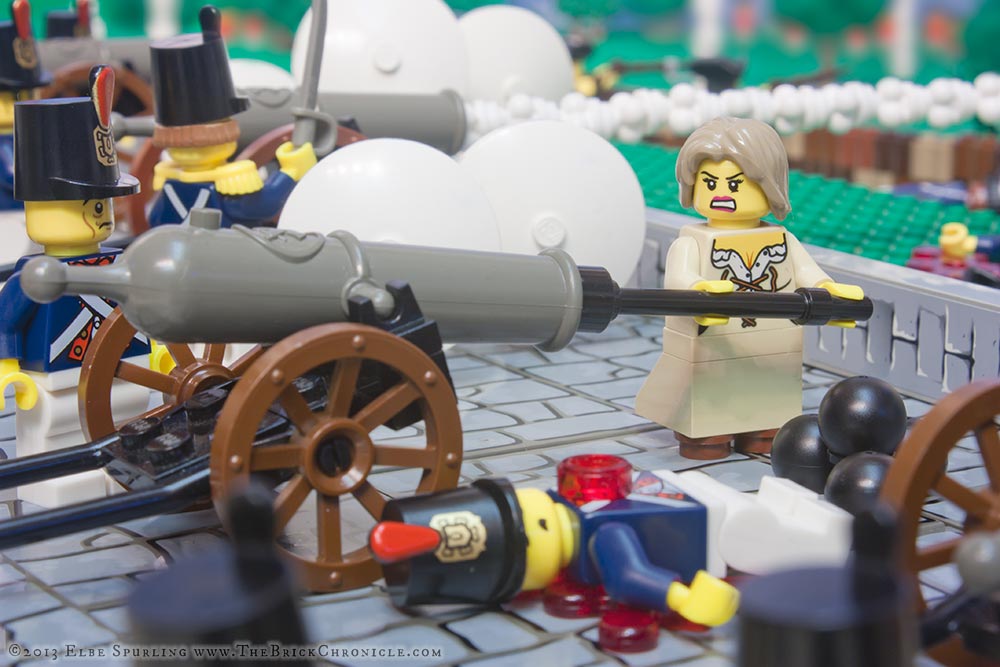
Margaret Corbin famously took over her husband’s cannon after he was shot dead. In turn she was shot in the arm so badly she could never use it again. She became the first woman to receive a military pension—half that given to males.
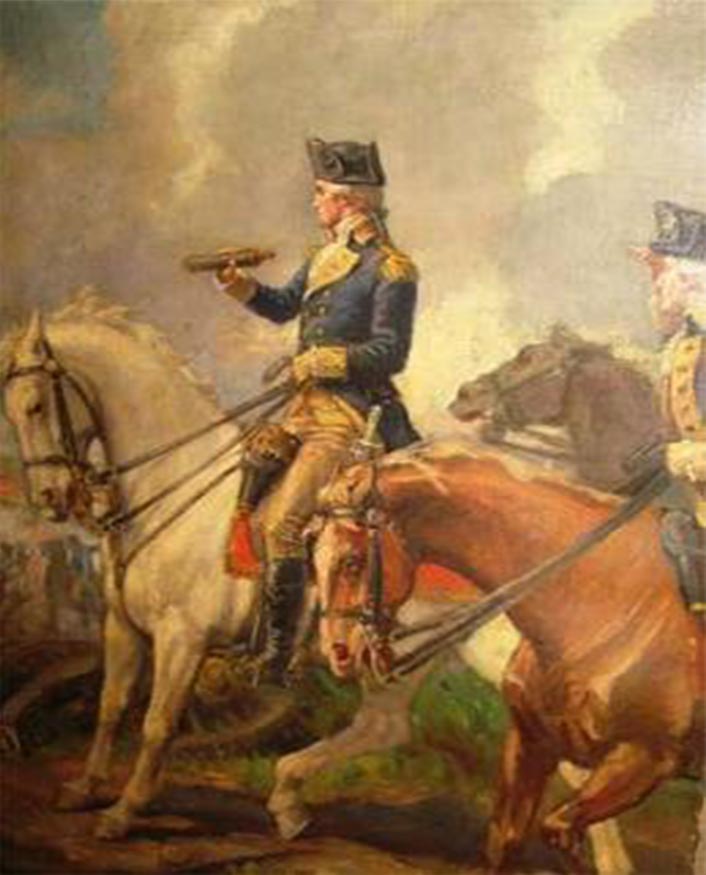
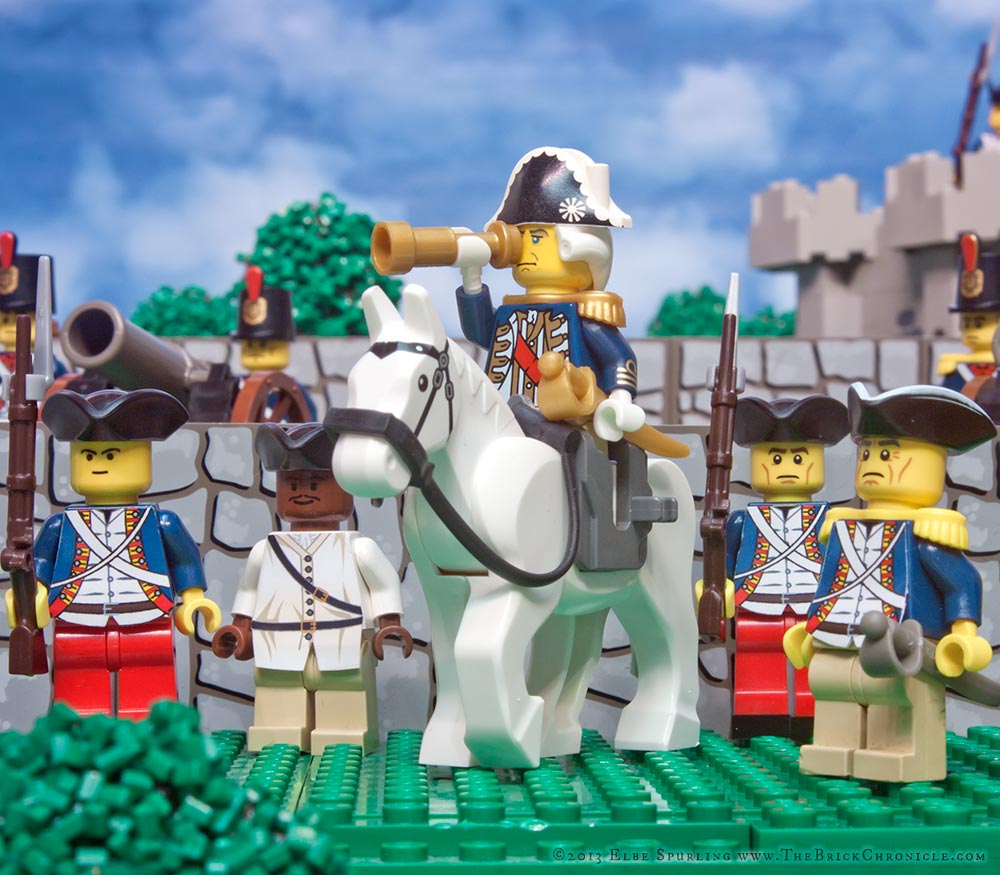
“What brave men I lose today,” commented General Washington, watching through his spyglass as the Maryland regiment were slaughtered by the British as they protected the rest of the army’s retreat from the disastrous Battle of Brooklyn.
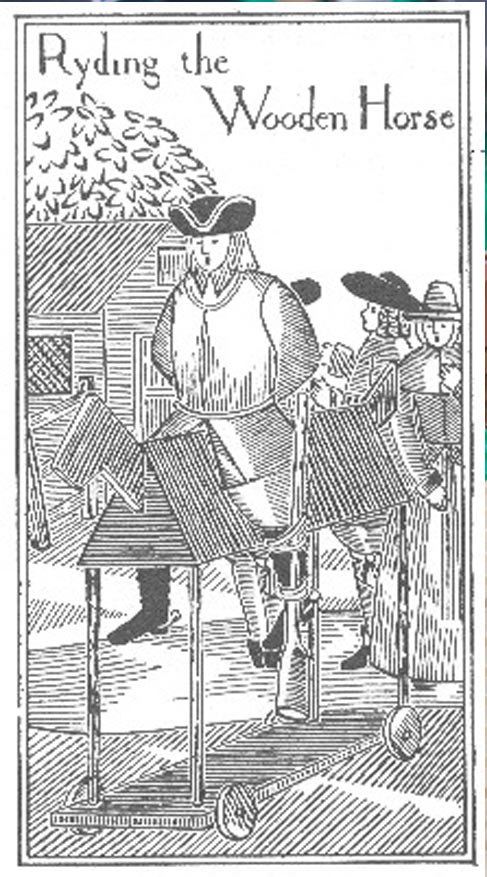
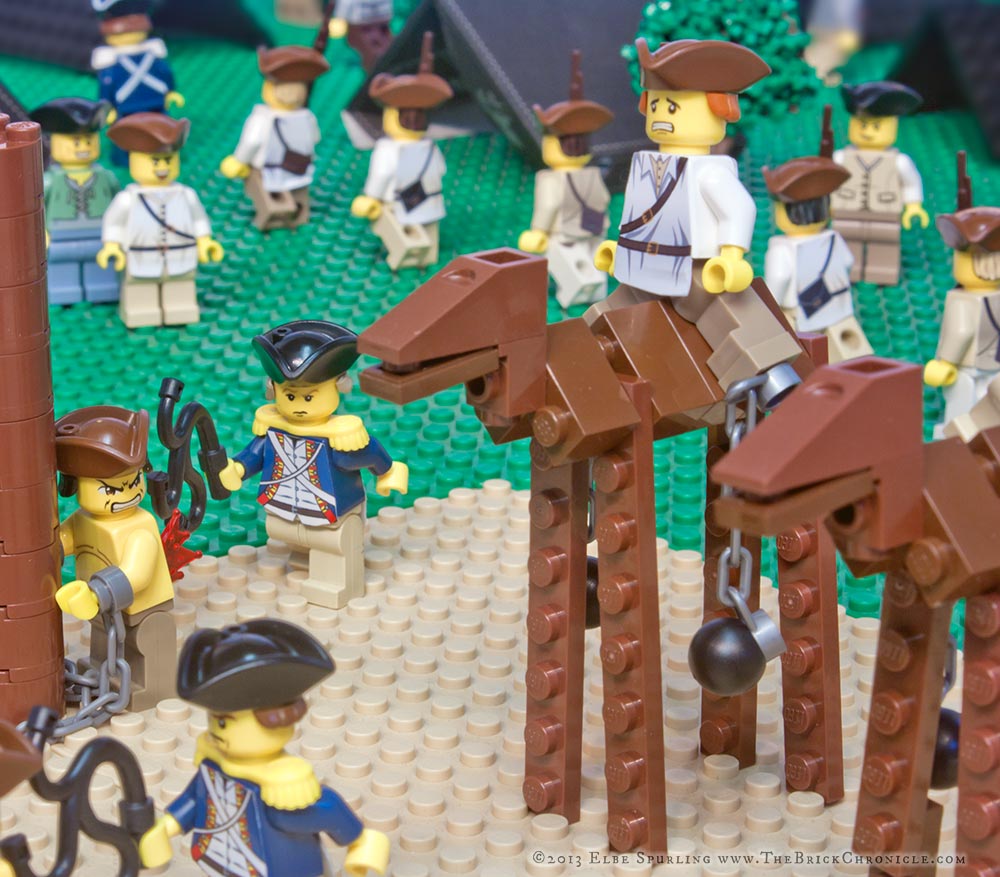
The wooden horse was a torture device commonly used by the colonial George Washington’s Continental Army as a disciplinary measure. Because nothing says “well-disciplined army” like the crushing of a man’s testicles in public.
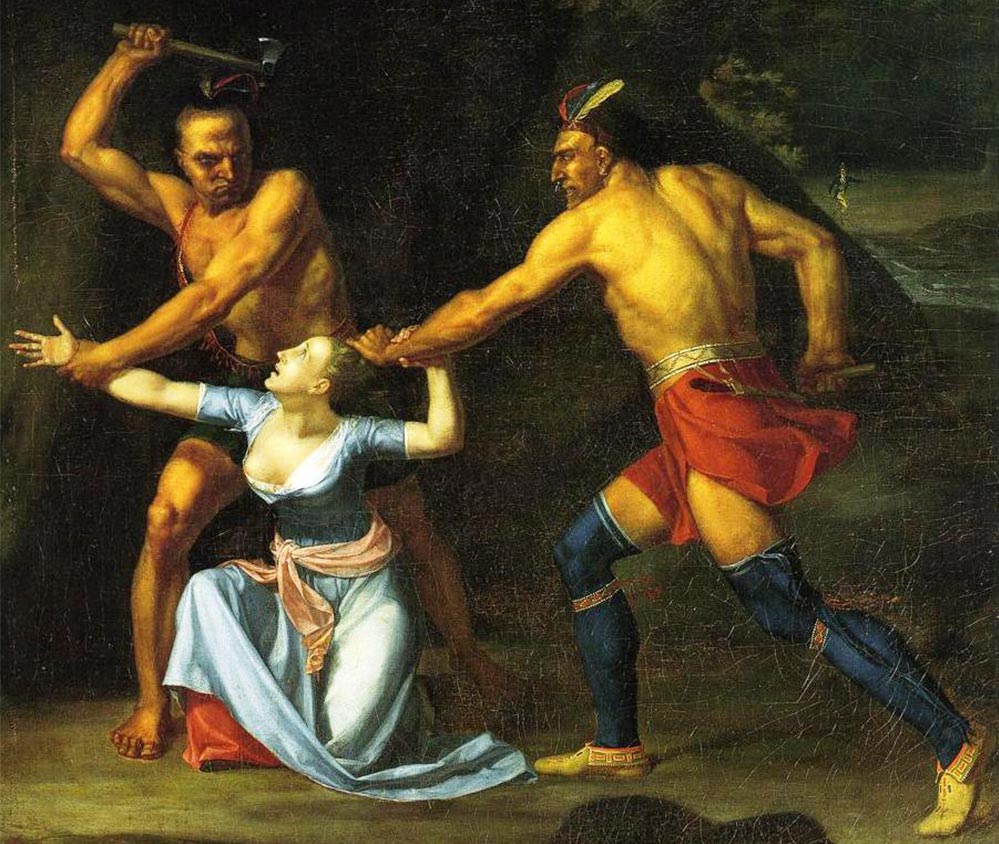
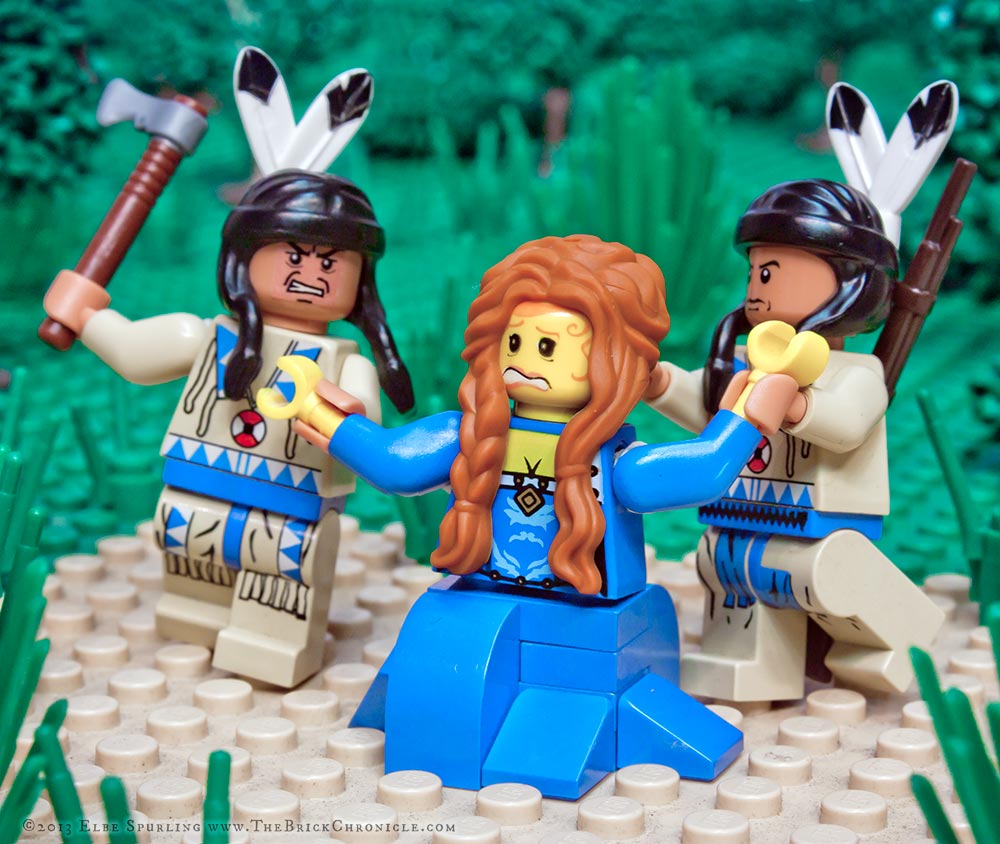
The murder of Jane McRea by Huron-Wendat Native Americans aligned with the British Army was dramatized in paintings that greatly accentuated her beauty to amplify its effect as a propaganda in the recruiting colonists to the Continental Army.
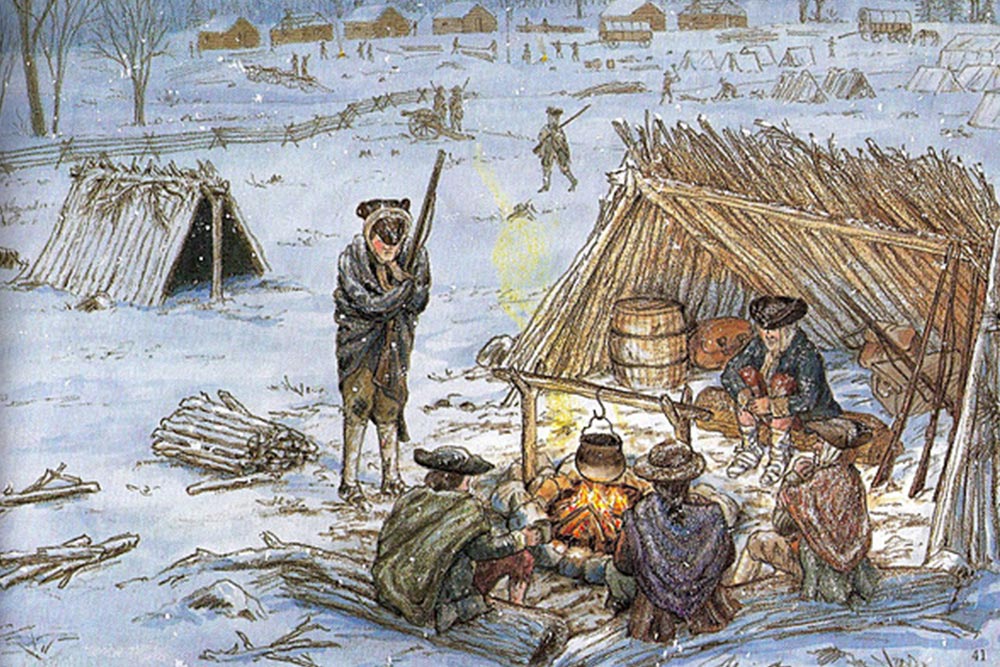
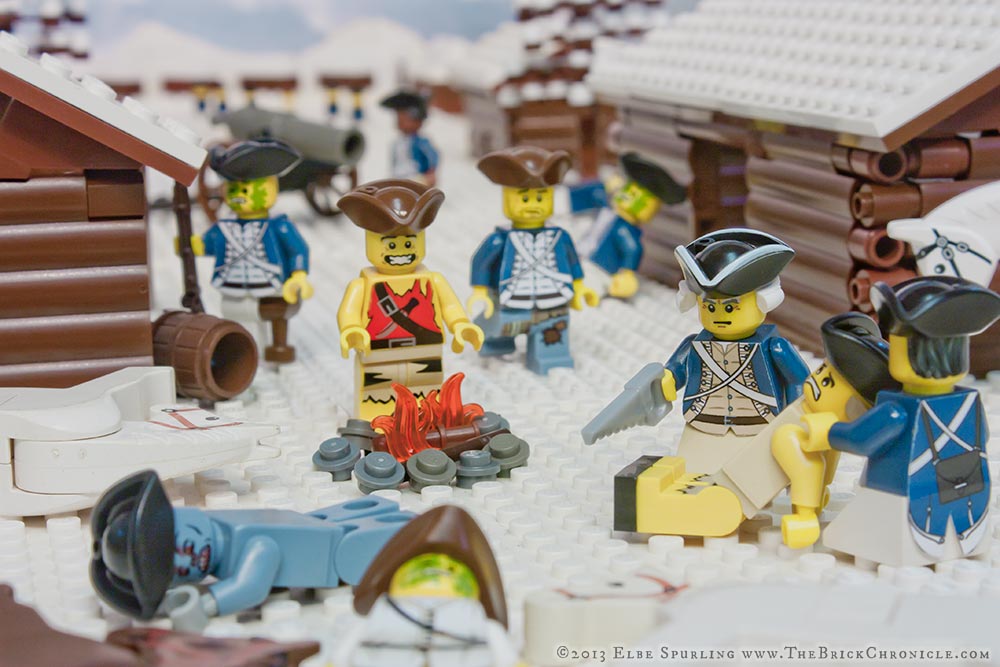
After a string of military losses caused forced them to abandon the capital city of Philadelphia to the British, Washington’s army wintered 18 miles away in Valley Forge where disease and malnutrition killed nearly 2,000 troops.
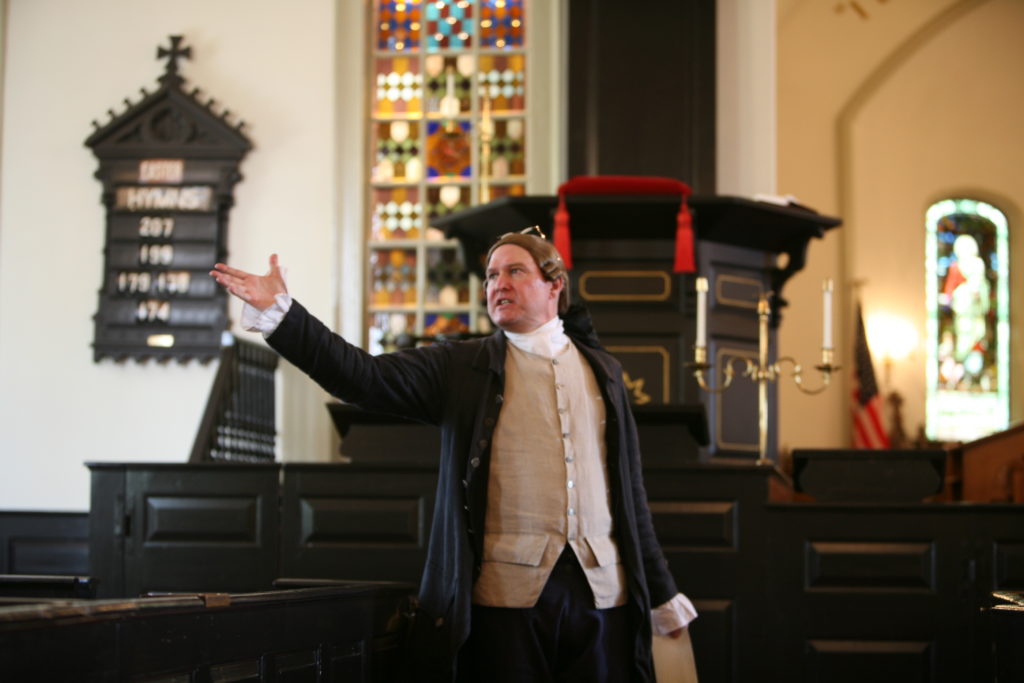
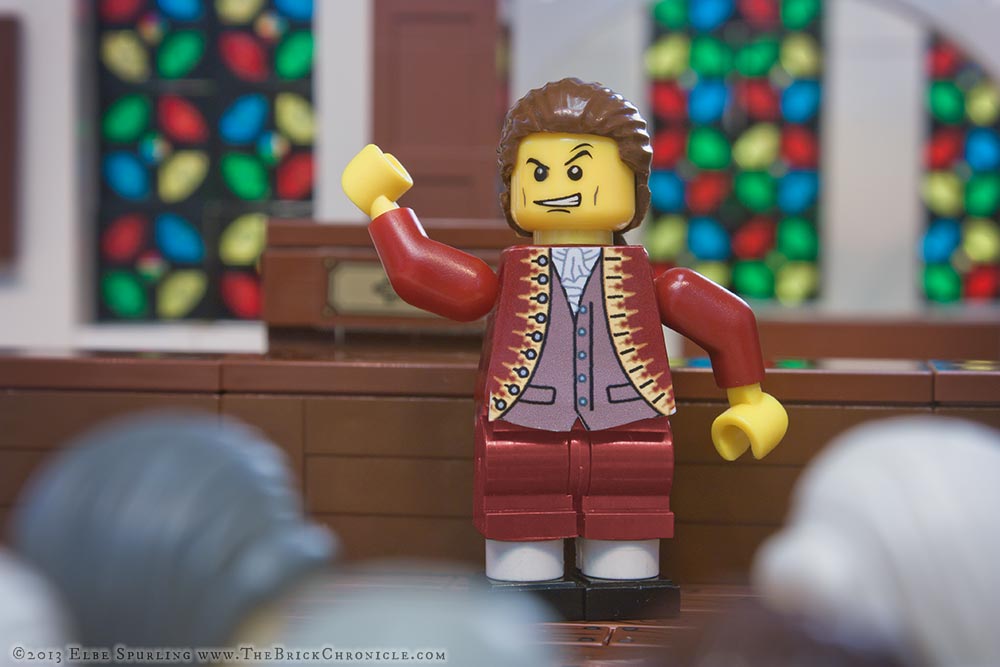
In a church in Richmond, Patrick Henry issued dire warnings to fellow members of the Virginia legislature about becoming slaves to Britain if they did not act, betraying no awareness of the irony of himself having enslaved 67 other human beings.
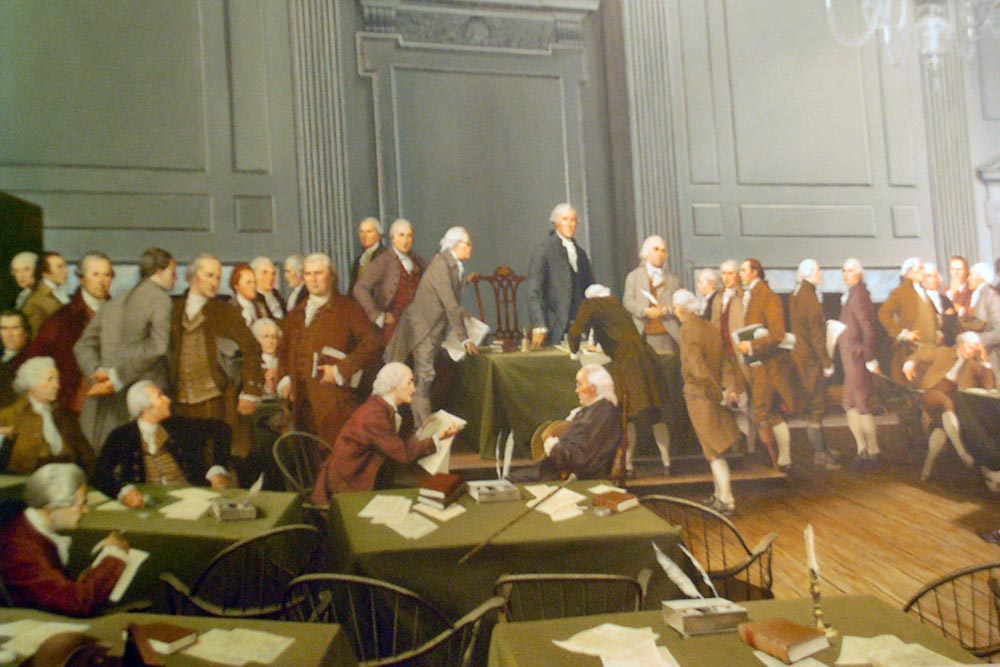
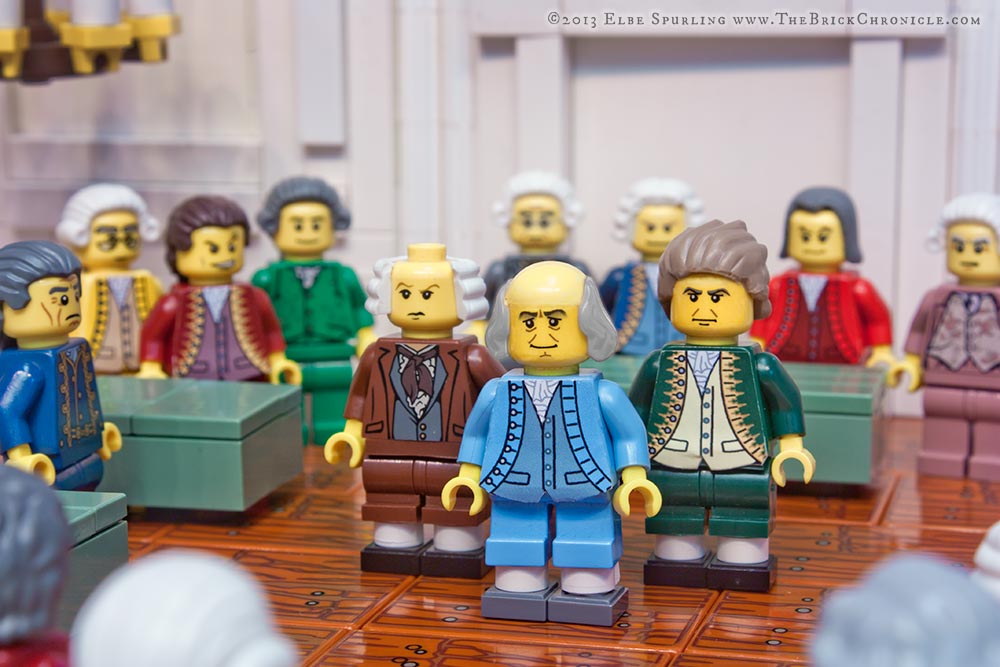
The Continental Congress established itself as the de facto government of the thirteen colonies during the war, raising armies, directing strategy, formally declaring independence from Britain, and making offers of peace.
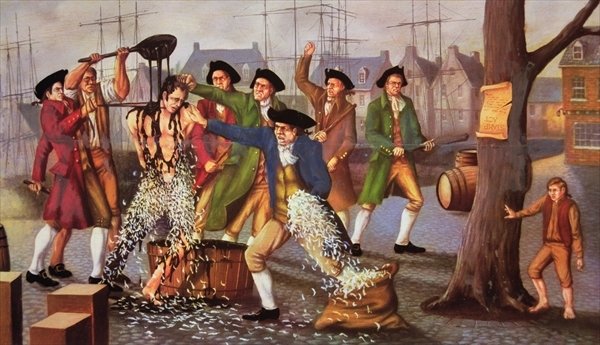
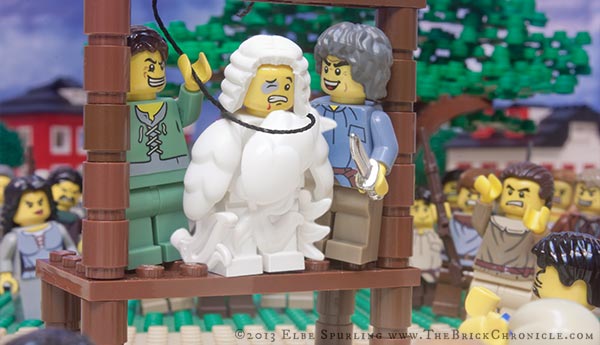
Colonists who remained loyal to their British government were routinely harassed by rebels, including numerous instances of ritual public torture and humiliation in the form of tar-and-feathering.
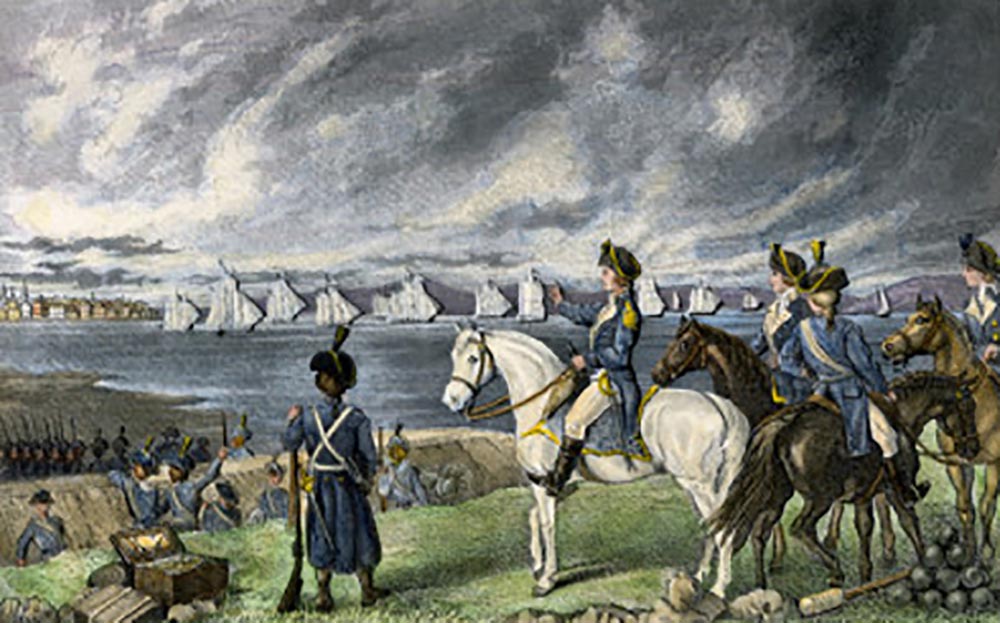
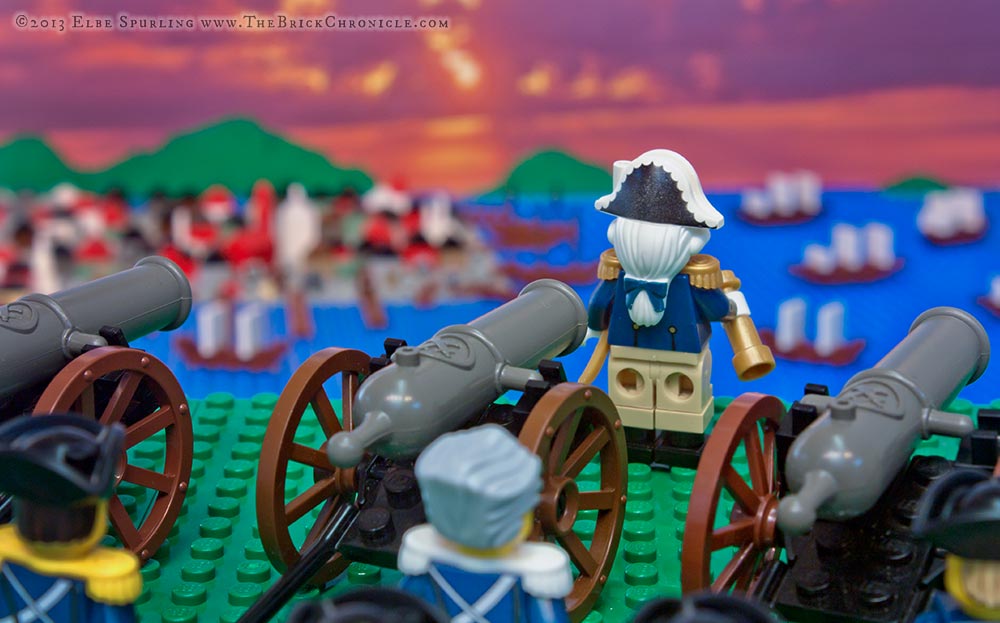
Washington’s army’s siege of Boston successfully drove the British from the city. But they would soon be back, and in greater number, as the focus of the war in the North shifted to New York City.
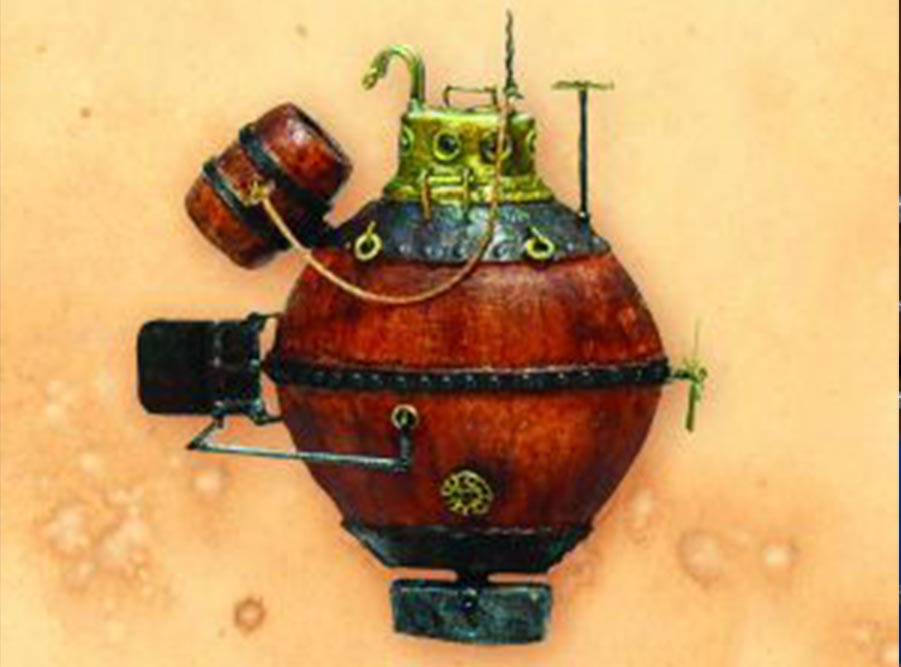
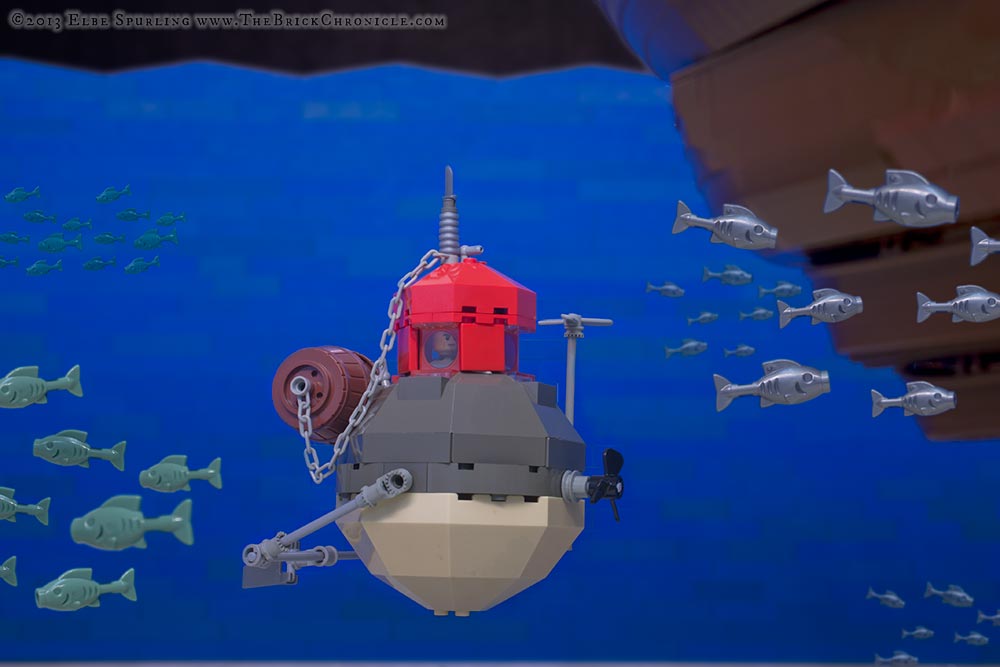
The first submersible vessel used in combat was known as The Turtle, and was invented by Connecticut inventor David Bushnell. Designed to remain undetected while attaching an explosive charge to the underside of an enemy ship, It nearly worked!
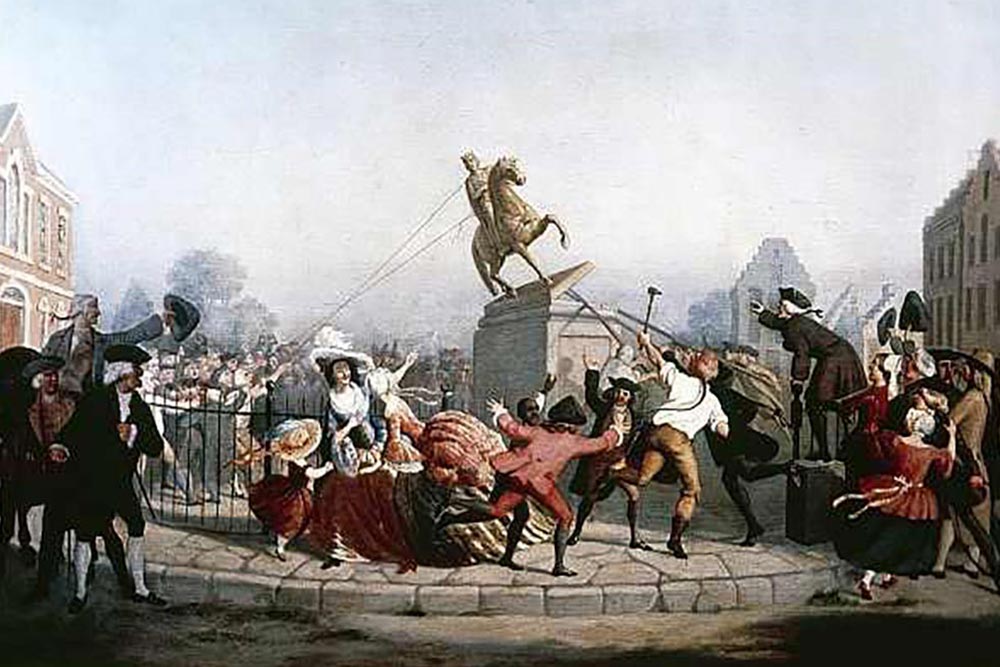
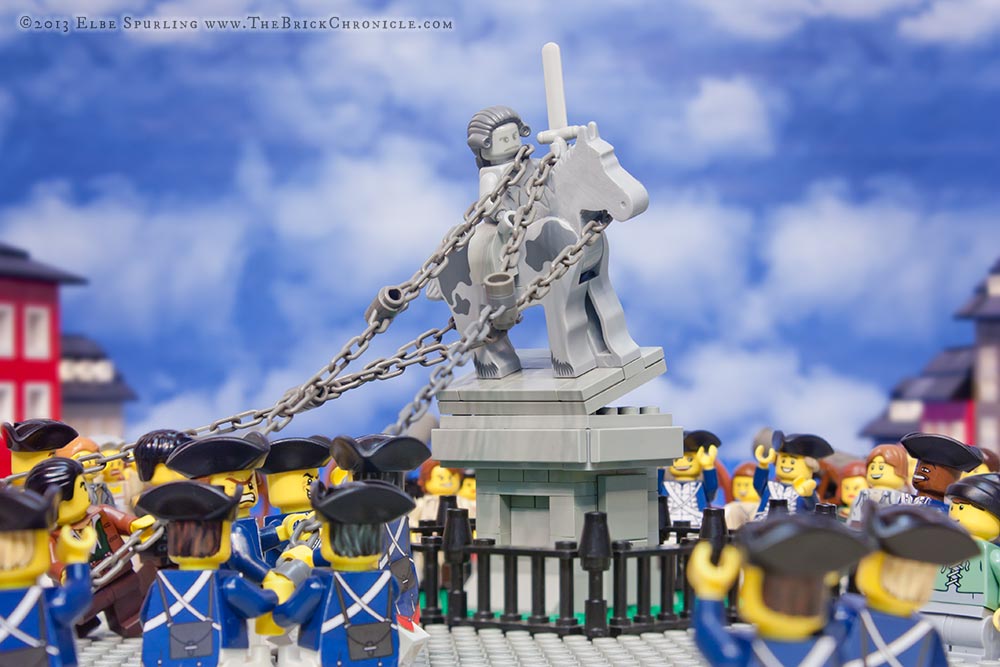
Revolutionary colonists pulled down the statue of King George III in New York City, proving that when you tear down statues of the losing side of a war, you erase history. Now no one remembers who won the American Revolution.
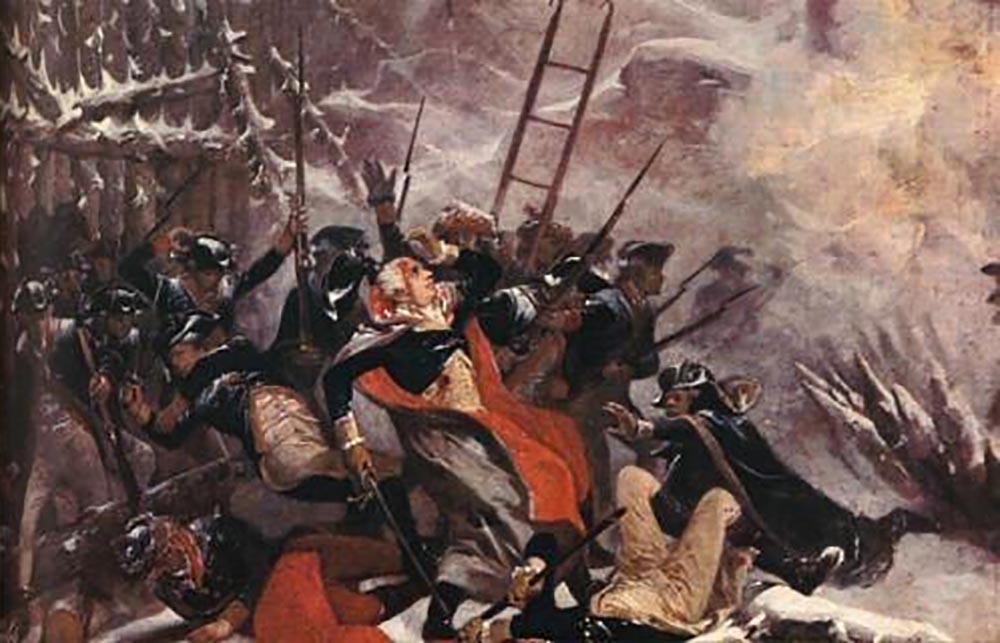
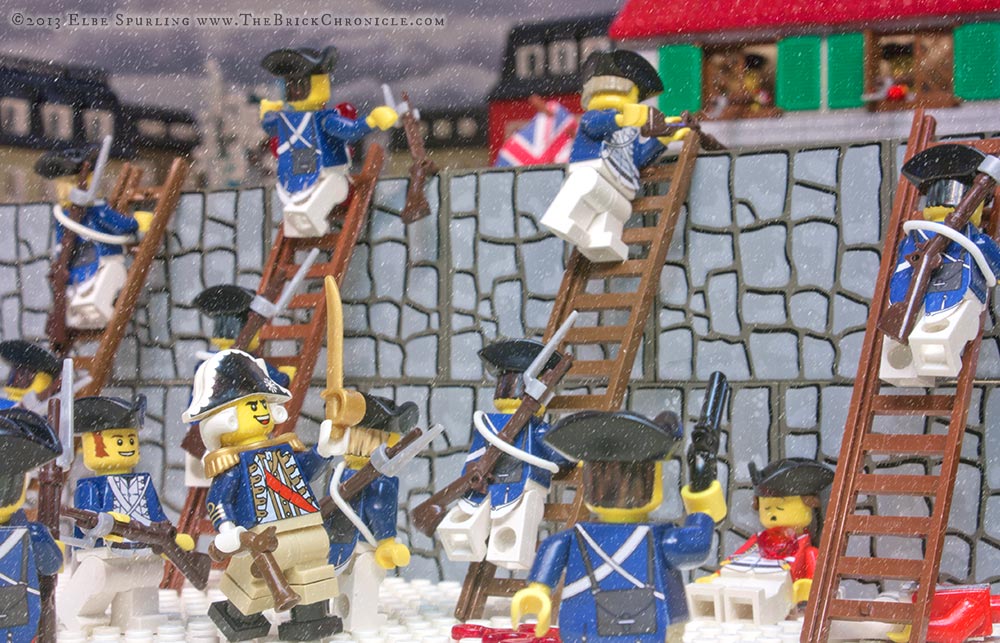
Colonists scaled the walls of Quebec City during a blizzard in a battle that ended tragically for them, but made a hero out of a young Aaron Burr, sir.
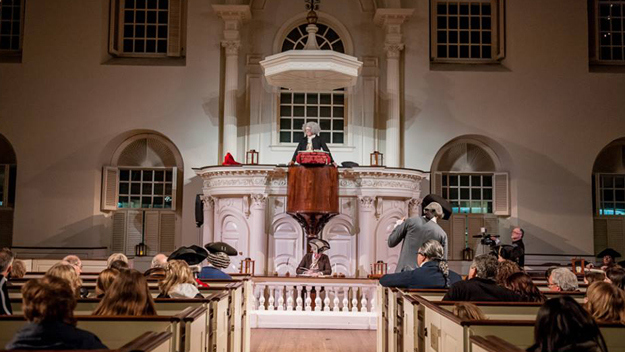
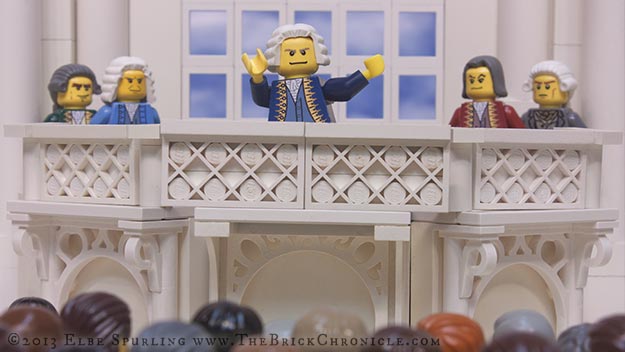
The Old South Meeting House in Boston was the scene of many critical gatherings leading up to the Revolution, including John Hancock’s speech urging colonists to prepare for war as just as British general Thomas Gage arrived in the city with four regiments of Redcoats.
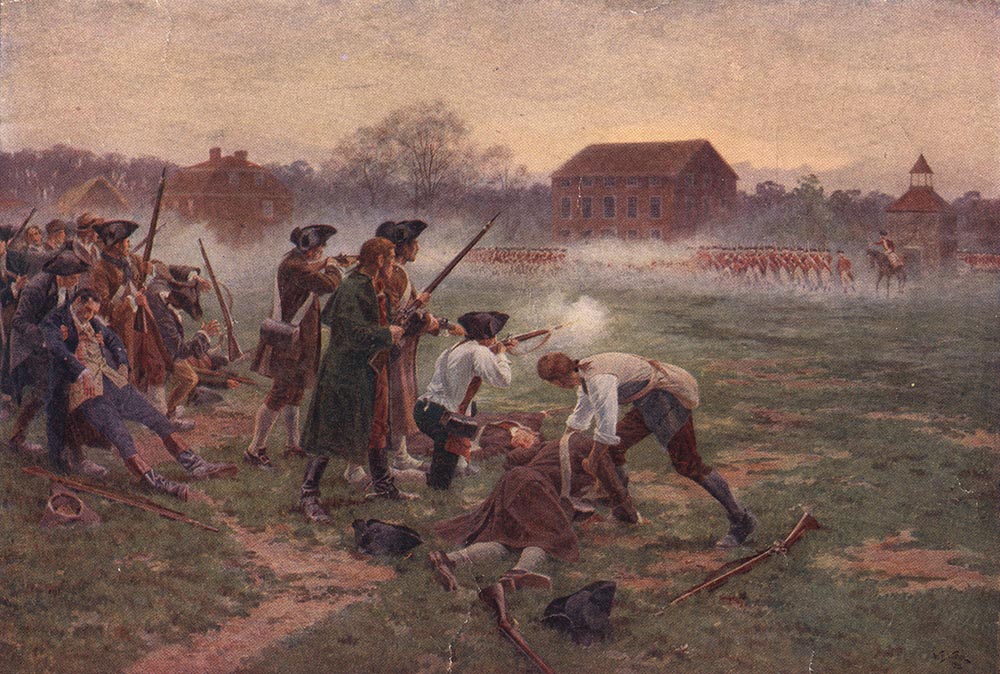
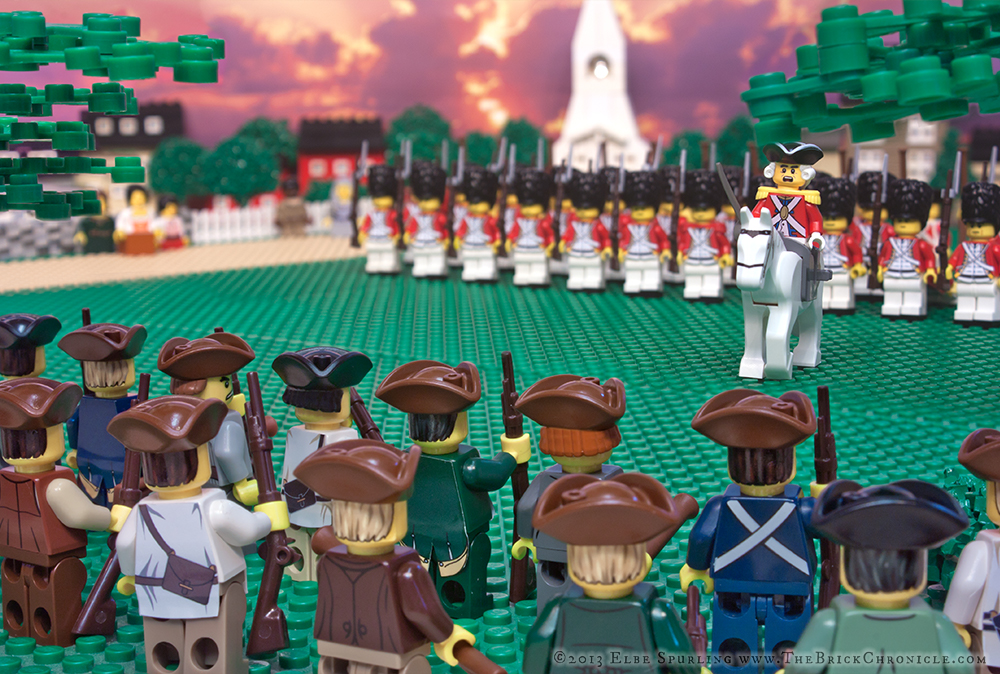
No one knows who fired the first shot at Lexington, but the war it began ended in the deaths of approximately 29,000 colonists in combat or from diseases that ravaged military outposts throughout the conflict.
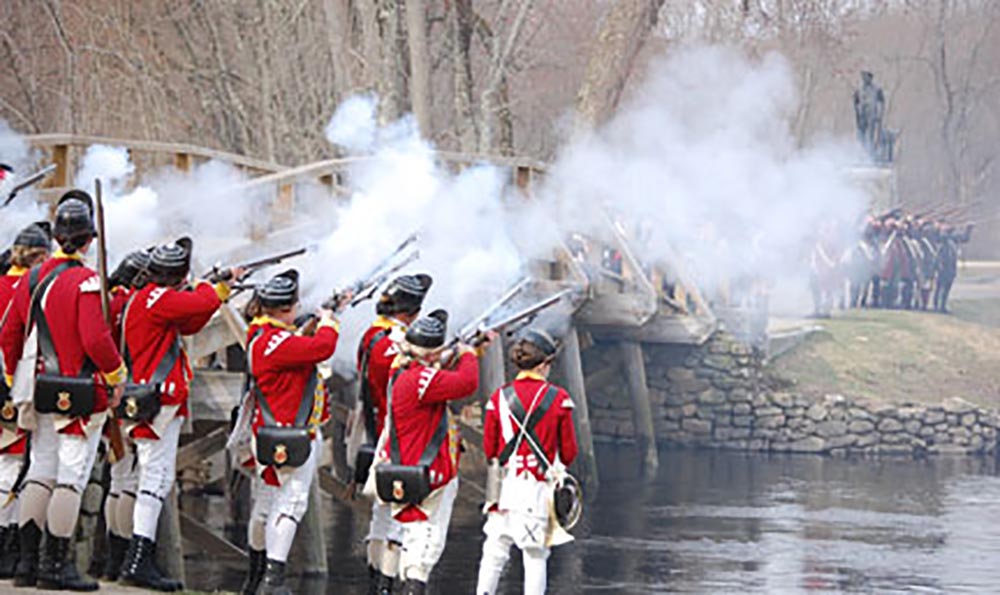
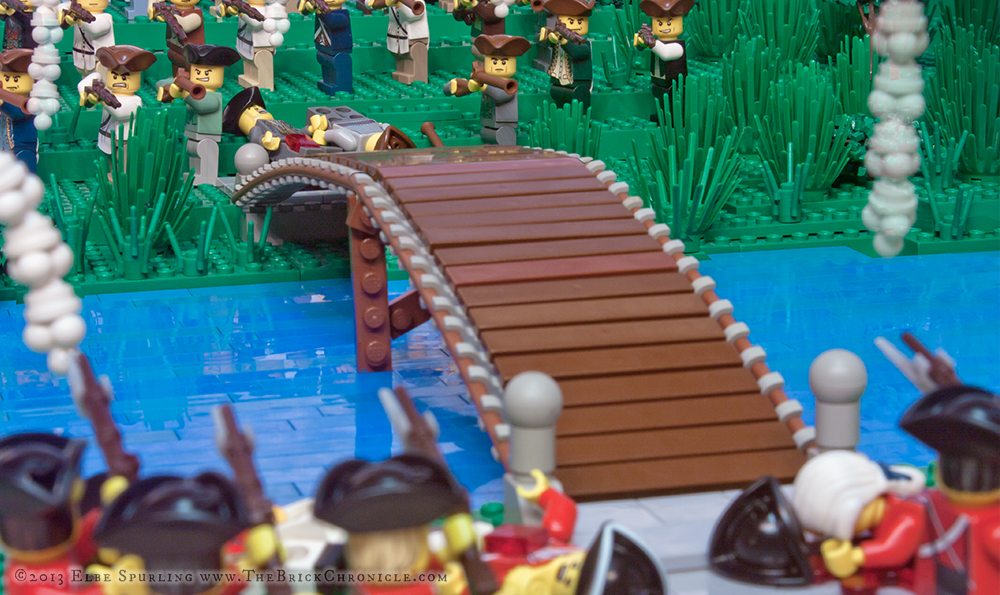
The Battle of North Bridge. Muskets of the day were only accurate to 50 yards, so armies relied on close range, concentrated fire, followed by a bayonet charge.
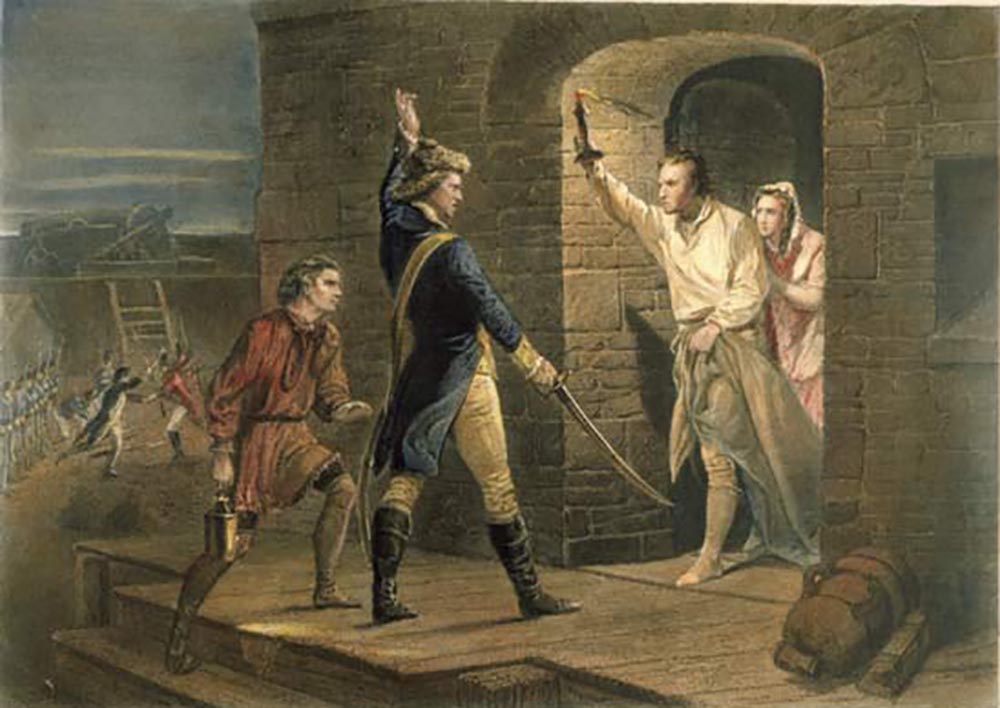
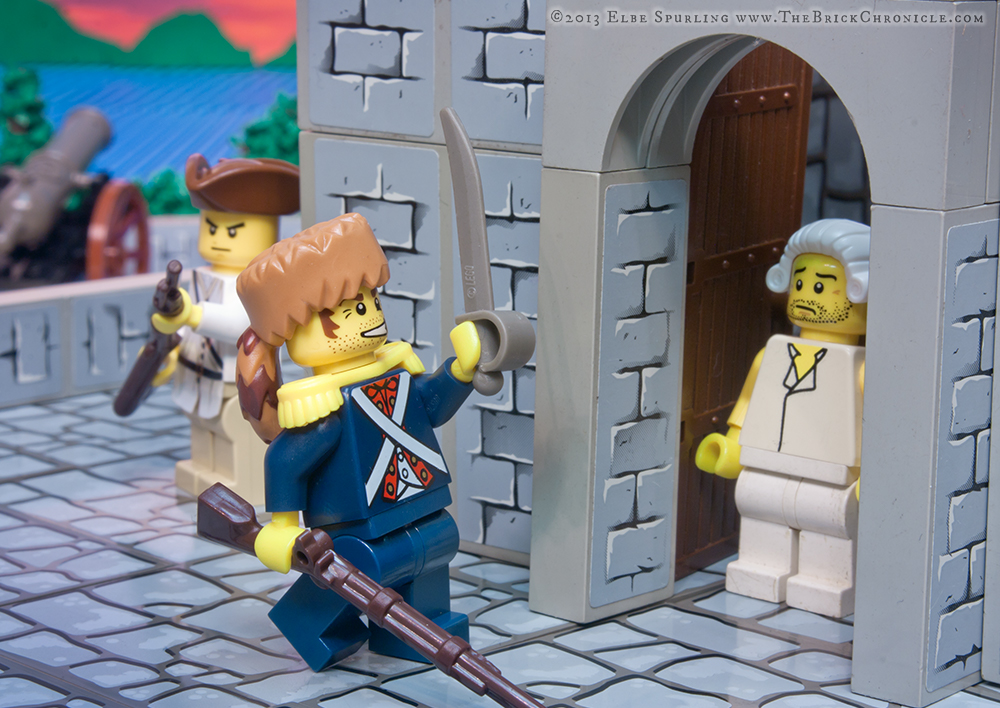
Acting quickly after the outbreak of hostilities, Ethan Allen led a successful suprise attack on Fort Ticonderoga. He was soon after captured by the British during a failed attempt to capture Montreal.
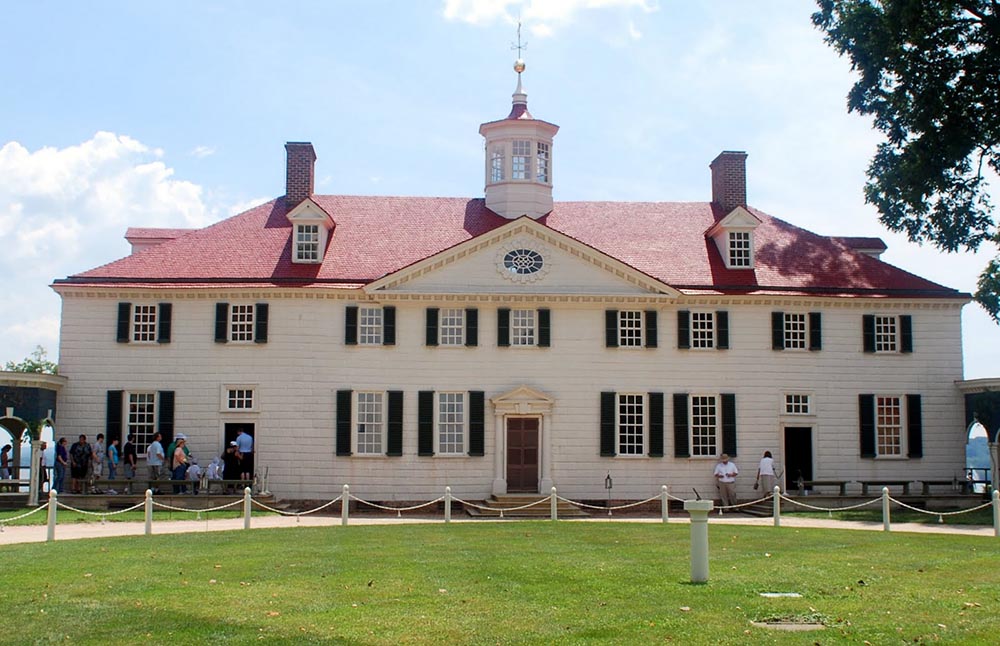
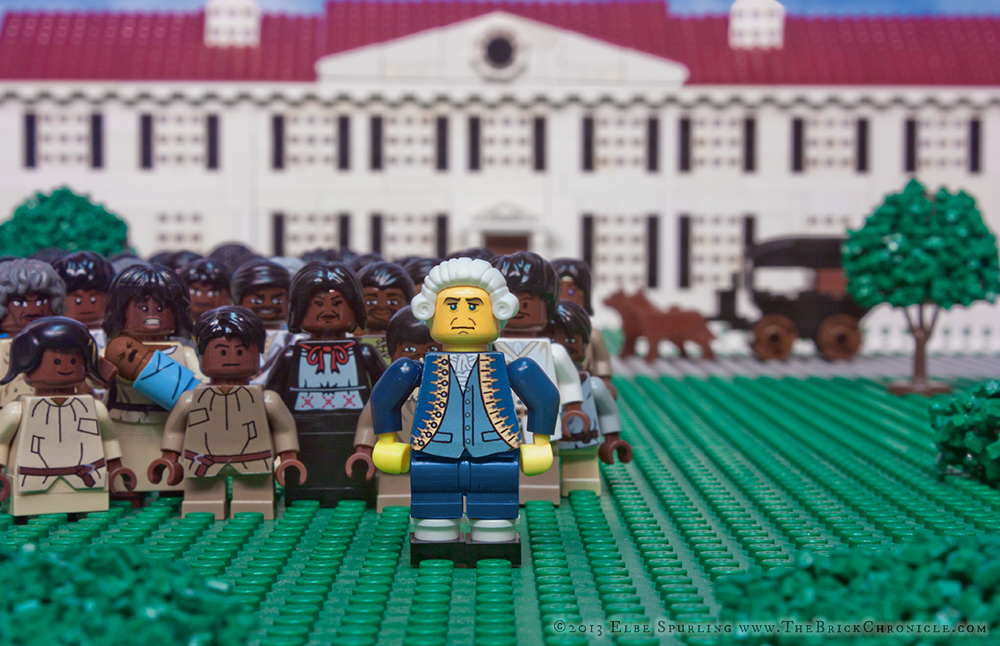
George Washington’s mansion near Alexandria, Virginia, was built by his father and named after his commanding officer during the War of Jenkins’ Ear, which was totally a thing. You can look it up if you don’t believe me.
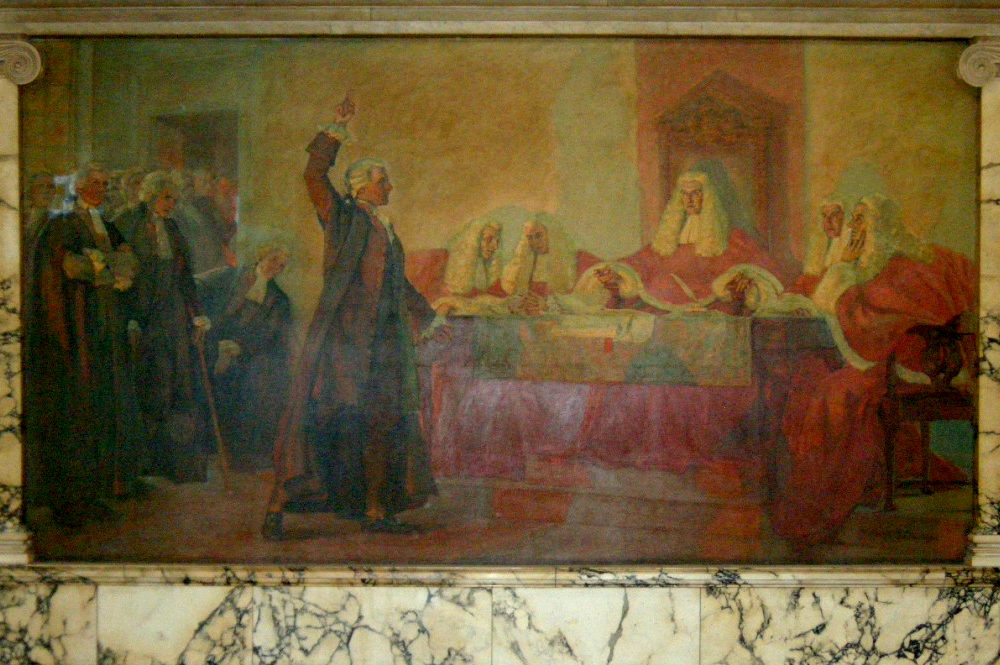
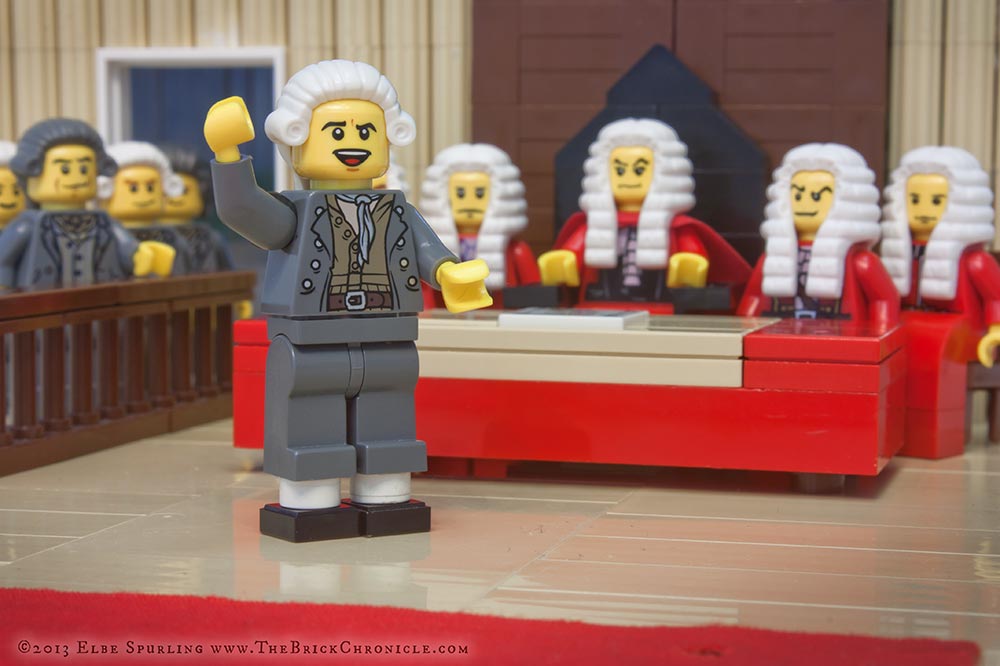
In 1761, Boston lawyer James Otis delivered a fiery 5-hour speech denouncing the newly-enacted Writs of Assistance which allowed any colonist’s home to be searched at any time without warrant or probable cause.
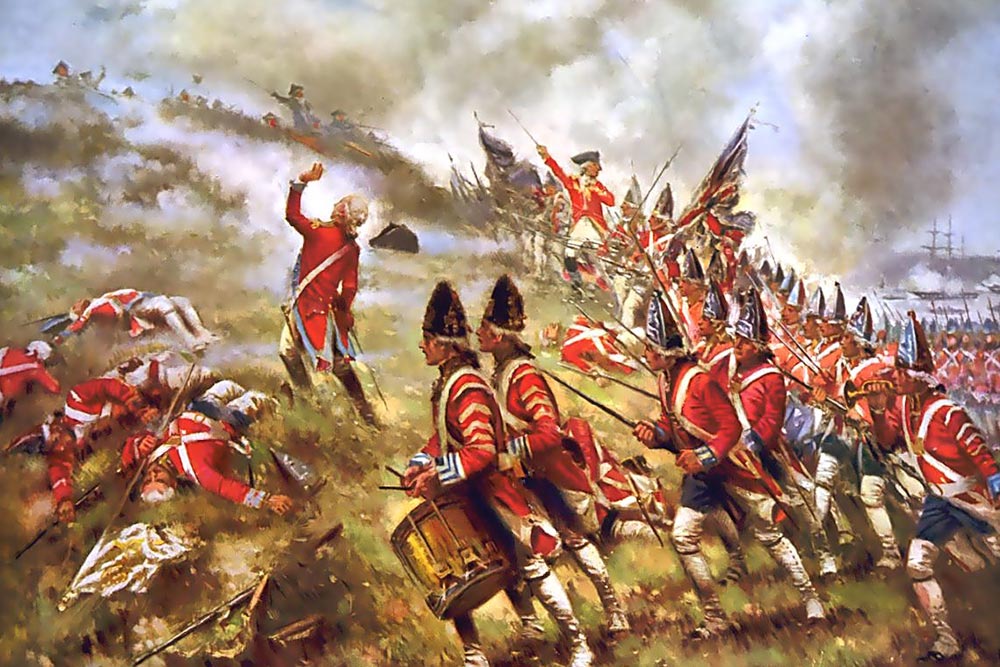
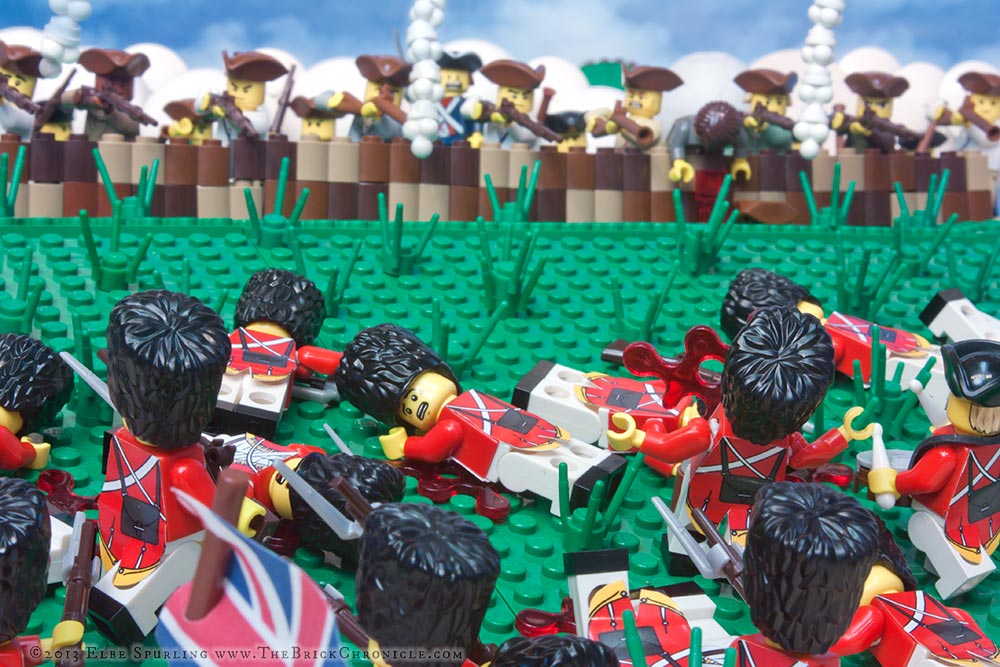
After three gruesomely deadly charges uphill, the British finally dislodged the colonists from Bunker Hill north of Boston. But at what price? At what price?
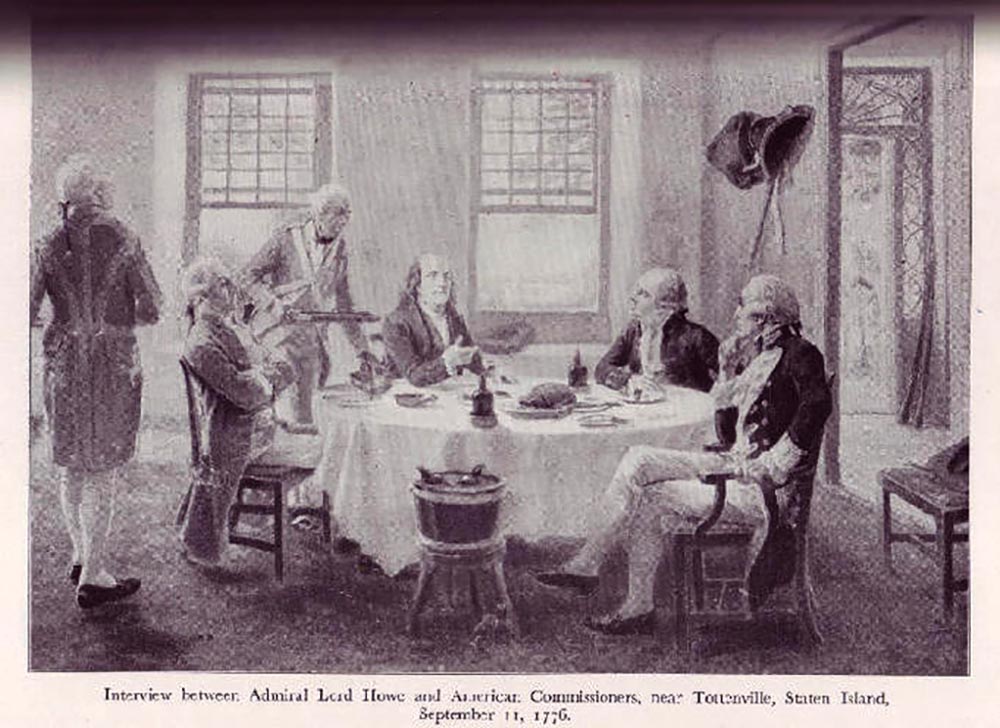
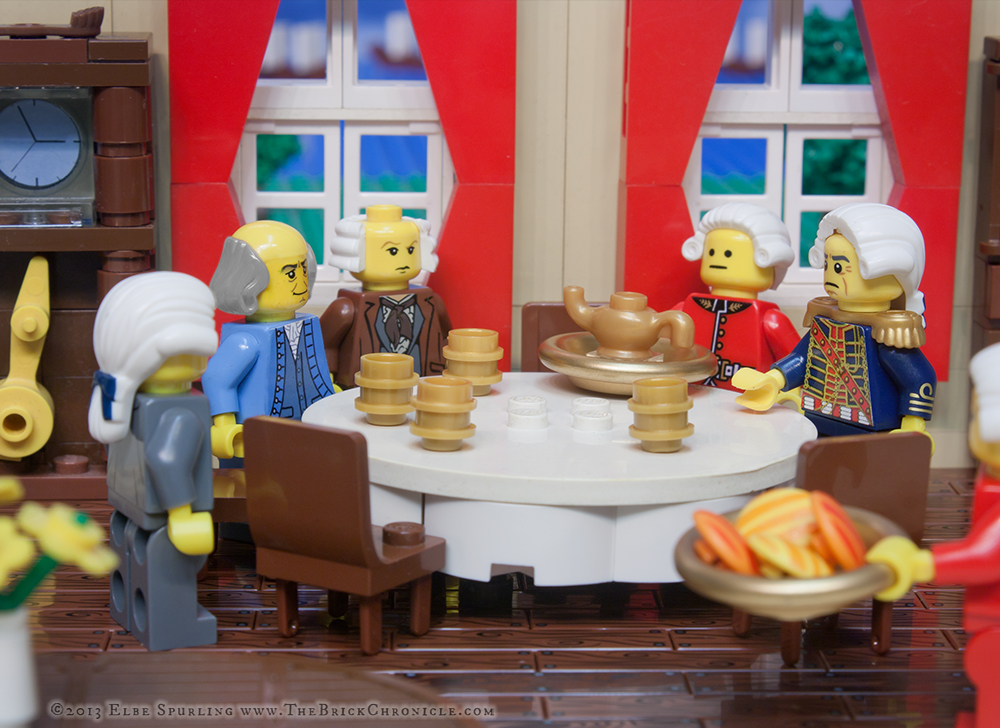
When the British army and navy took up position a stone’s throw from Manhattan, Benjamin Franklin and John Adams were invited to Staten Island for peace talks. In less than 3 hours, however, both sides walked away from the table.
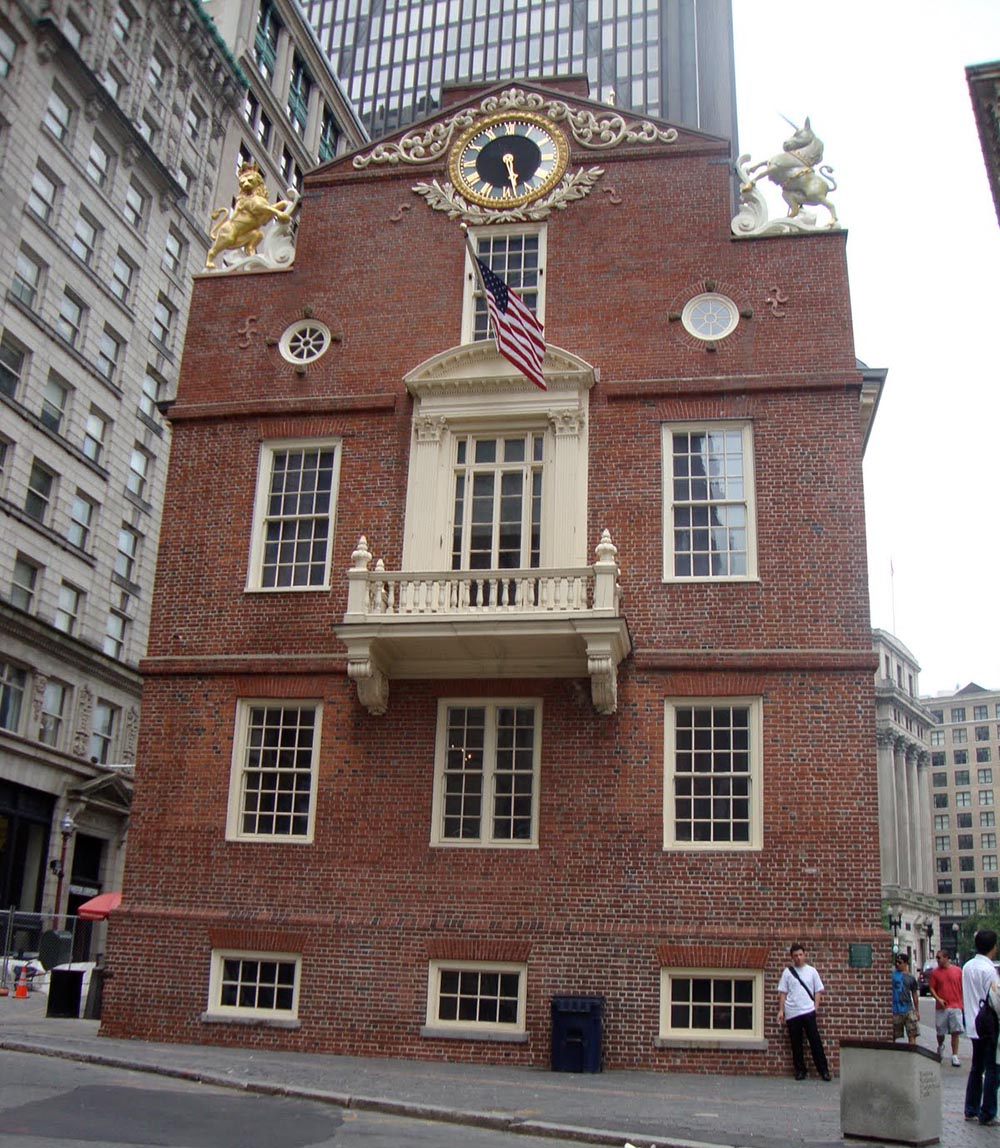
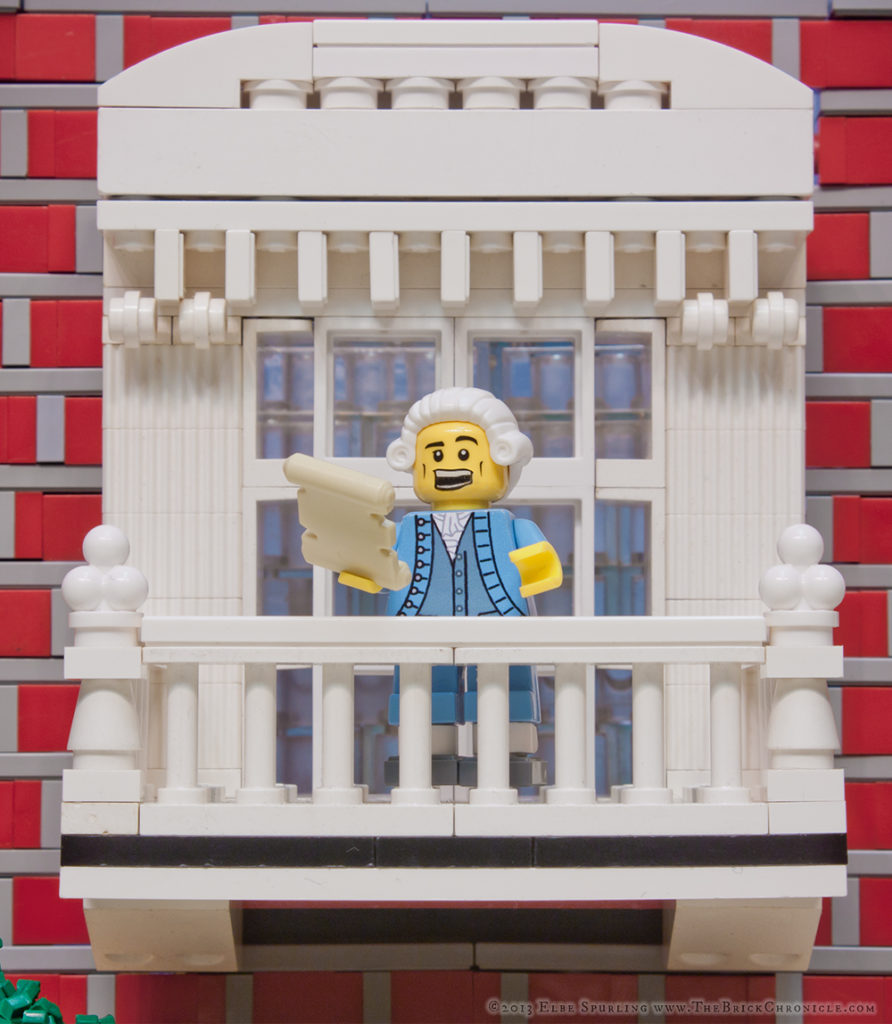
The Declaration of Independence was read aloud from the balcony of the Old State House in Boston on July 18, 1776.
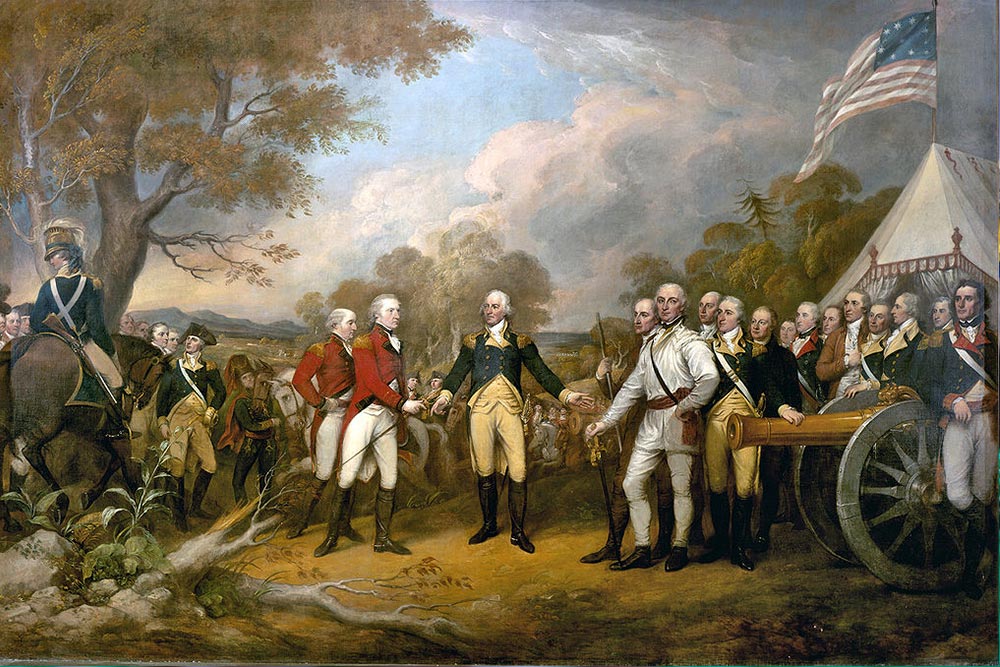
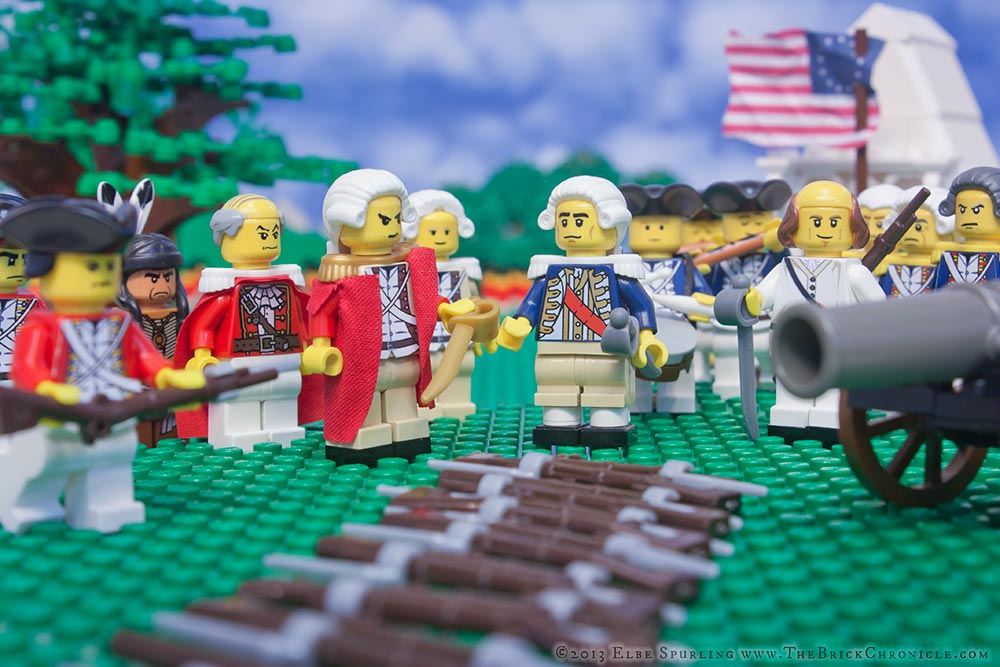
The British army under John Burgoyne formerly surrenders to General Horatio Gates at the Battle of Saratoga, a major turning point in the war.
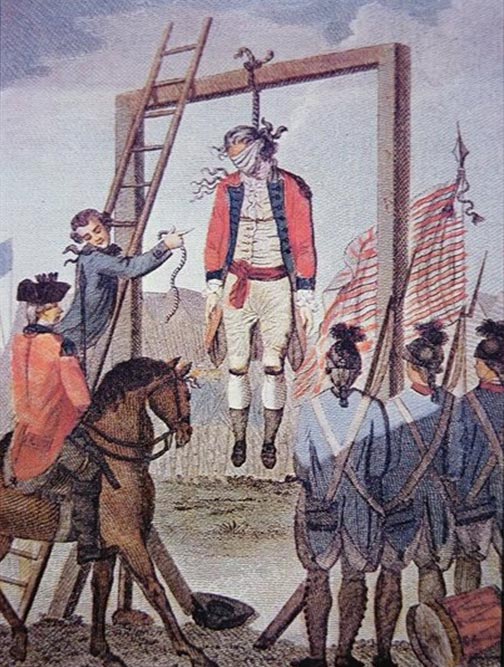
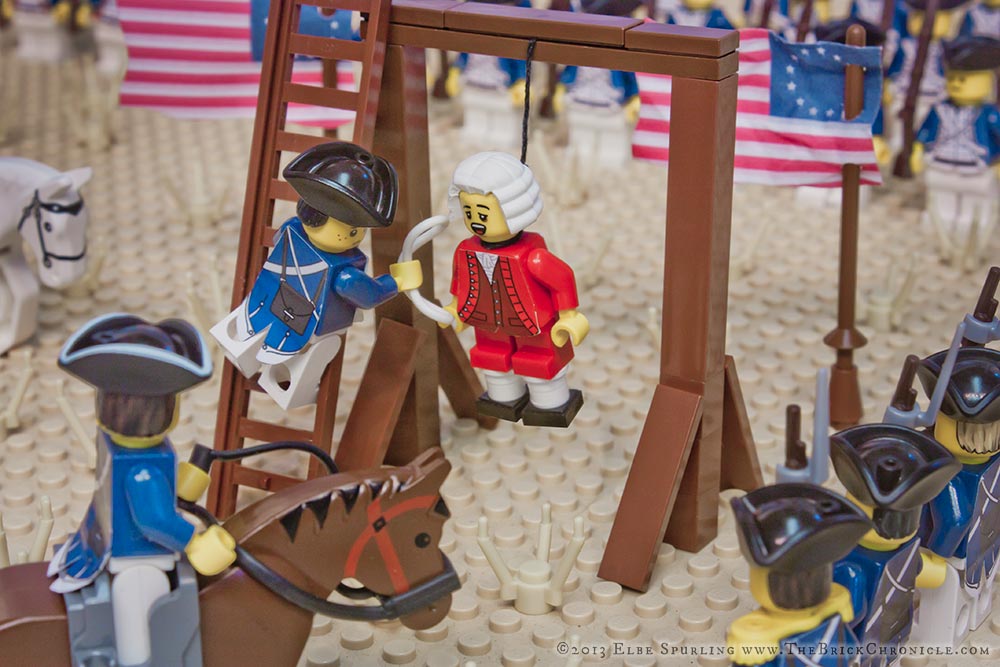
The head of British secret service in America during the war, John André was captured and hung on October 2, 1780, after Washington turned down his request to be executed by firing squad instead.
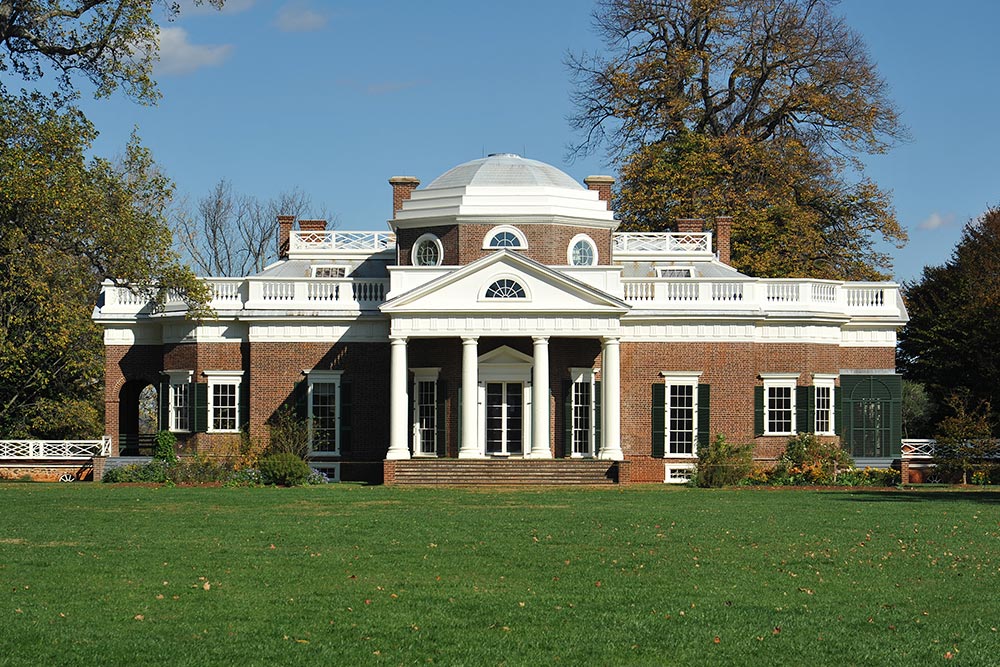
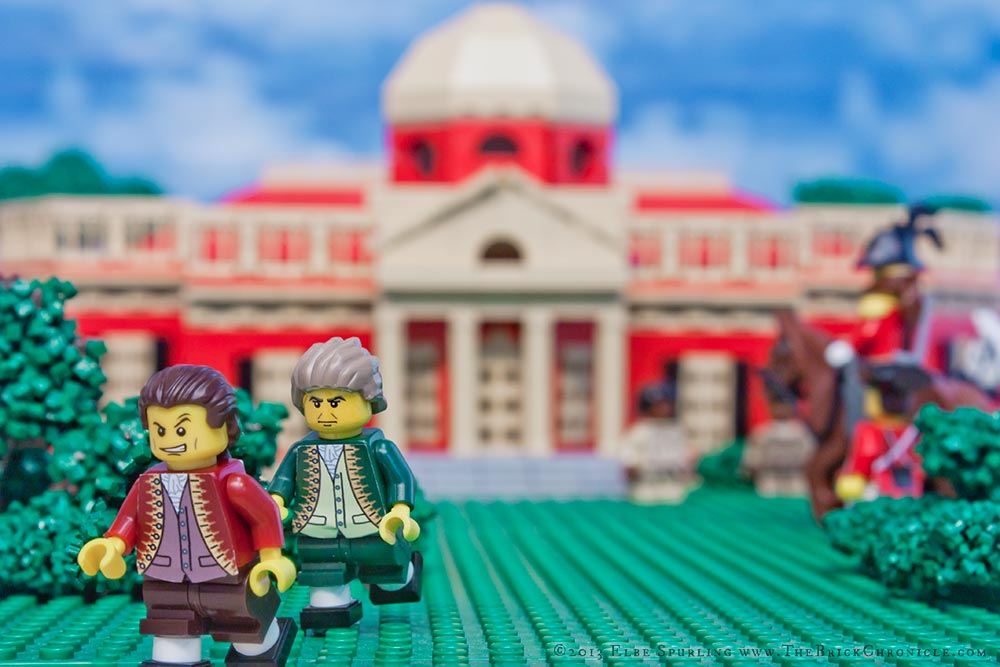
Thomas Jefferson’s self-designed plantation Monticello near Charlottesville, Virginia. Fun Fact: tan was used instead of white in the LEGO version because LEGO doesn’t make an octagonal dome in white. ¯\_(ツ)_/¯
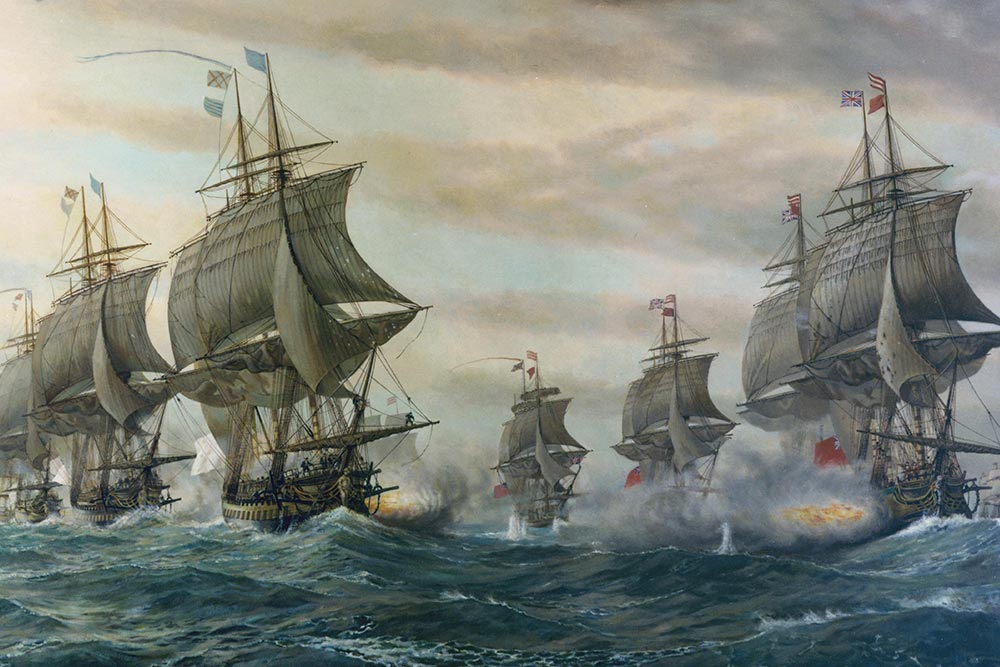

The Battle of the Chesapeake involved 43 ships with a total of 2,952 guns. With no fleet of their own, the Americans depended entirely on their French allies to keep the British from reenforcing their army at Yorktown, Virginia.
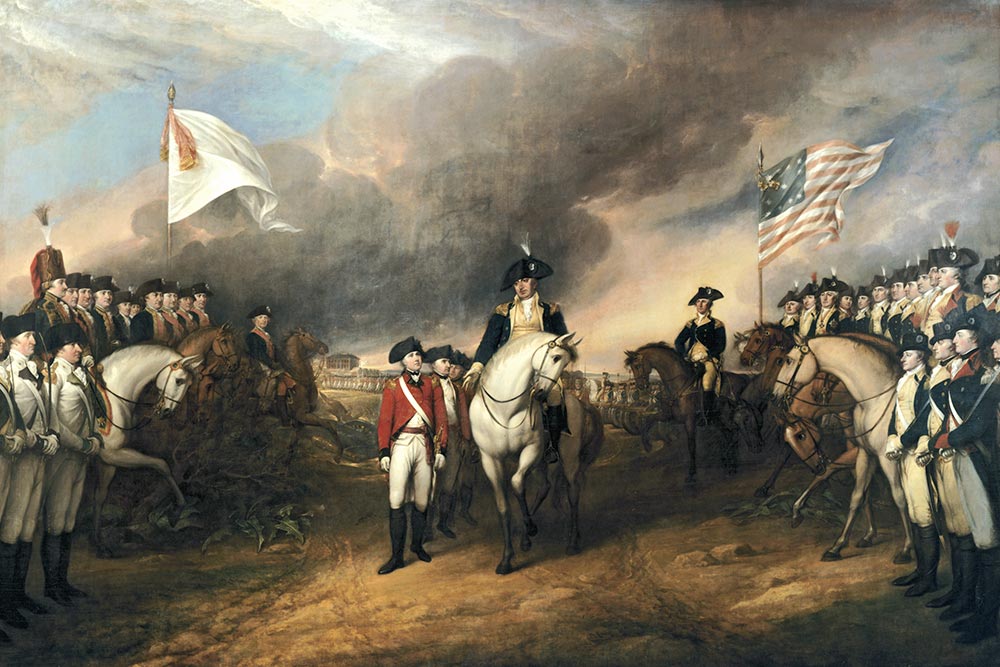
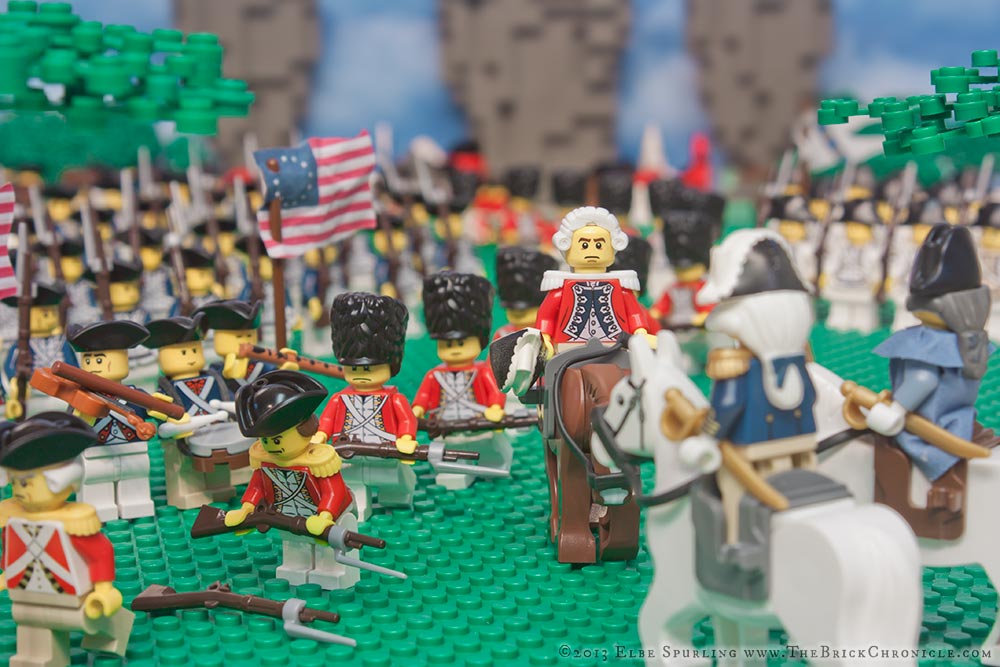
The surrender of the British forces after the siege of Yorktown, Virginia, in October 1791 effectively ended the war. More allied French troops gave their lives in this final battle than did Americans.
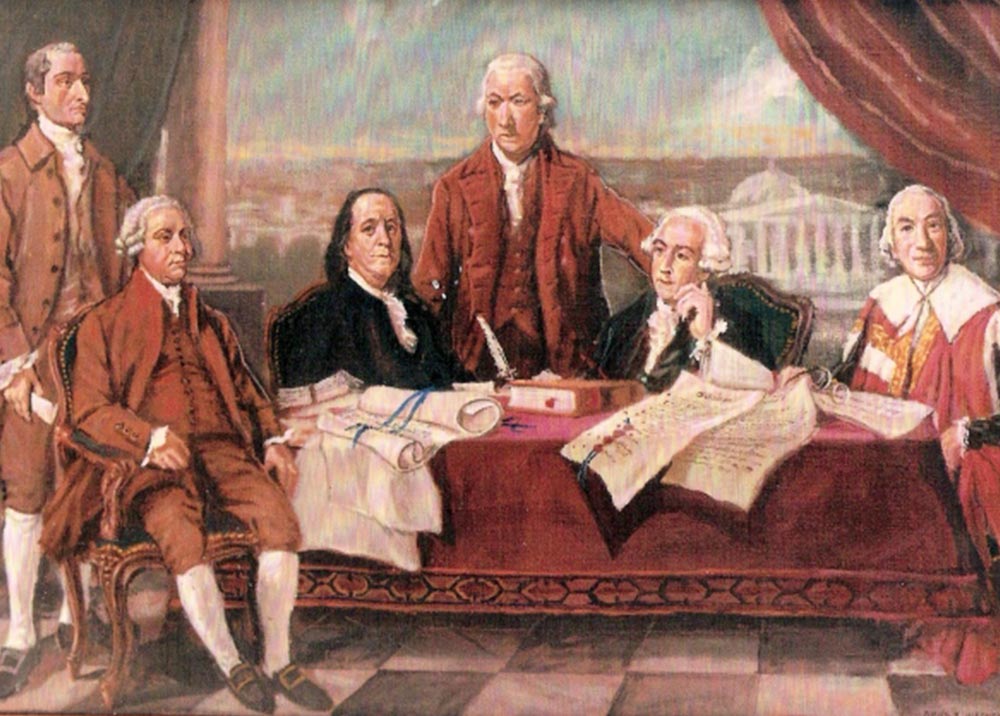
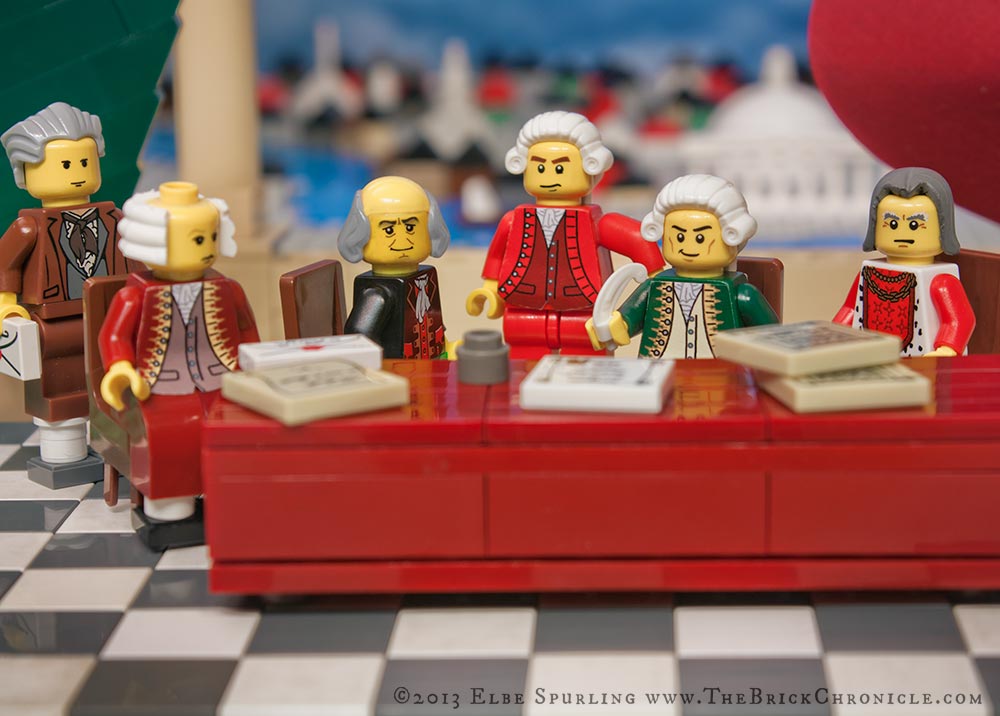
The Treaty of Paris, signed in 1783, put an official end to the Revolutionary War. It also granted Florida and The Bahamas to Spain, but that’s a matter for another book.
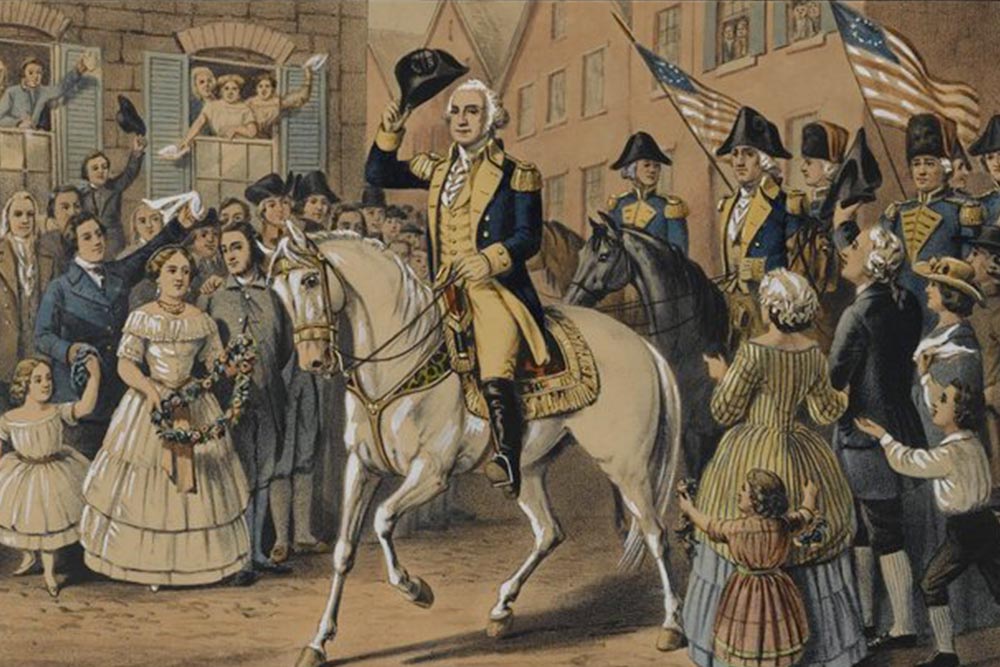
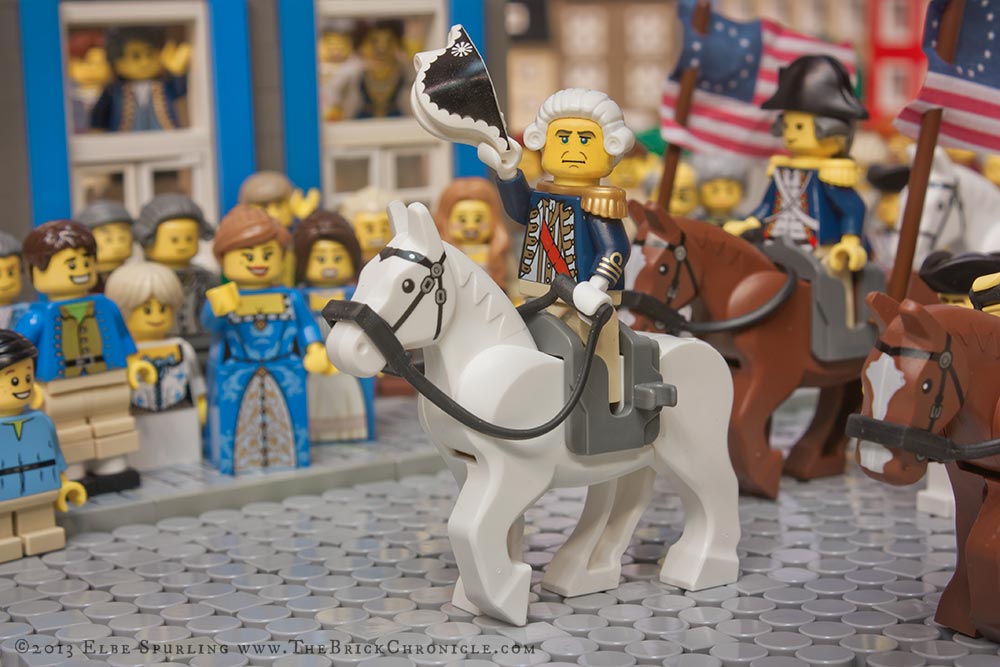
George Washington leads the triumphant return of the Continental Army to New York City where it had been routed several times over by the British 9 years earlier.
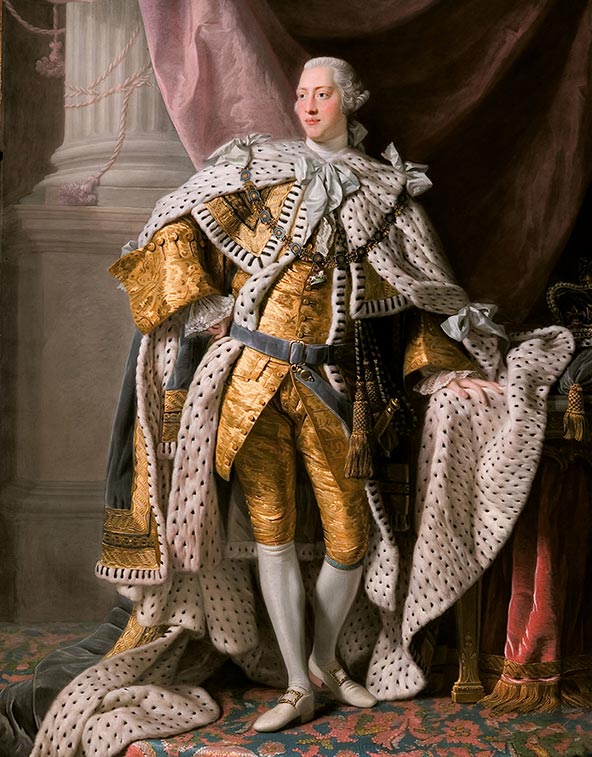
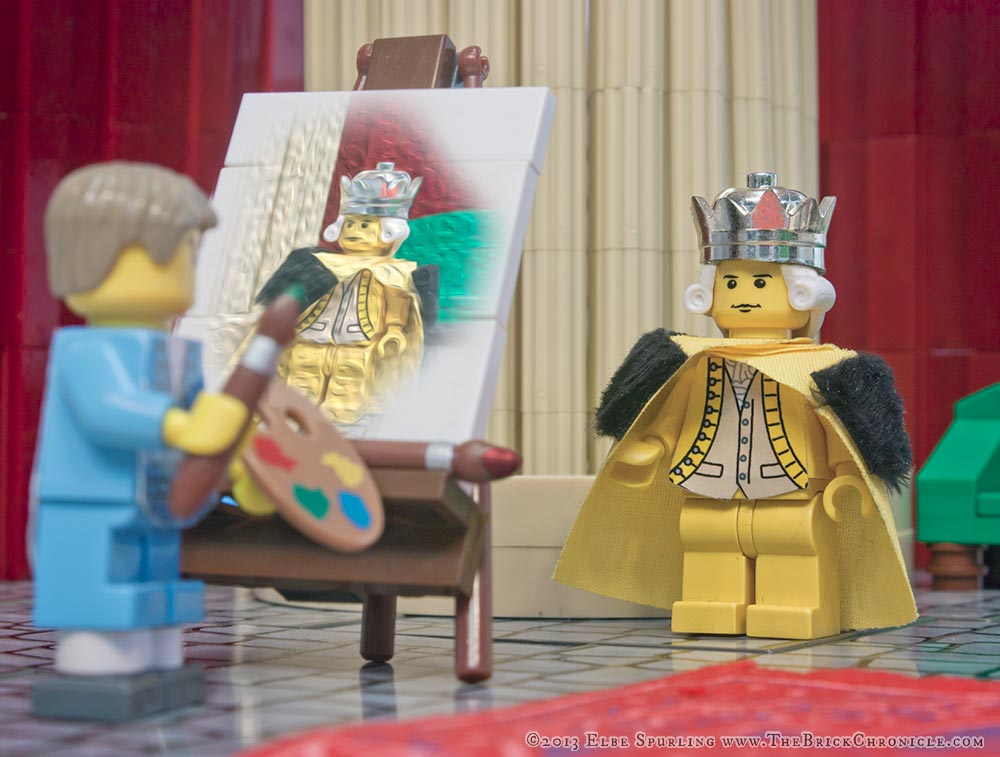
King George III of the United Kingdom of Great Britain and Ireland reigned for 59 years. After finally granting the American colonies their independence, he lived on to battle Napoleon in yet another war with France, and eventually went mad.
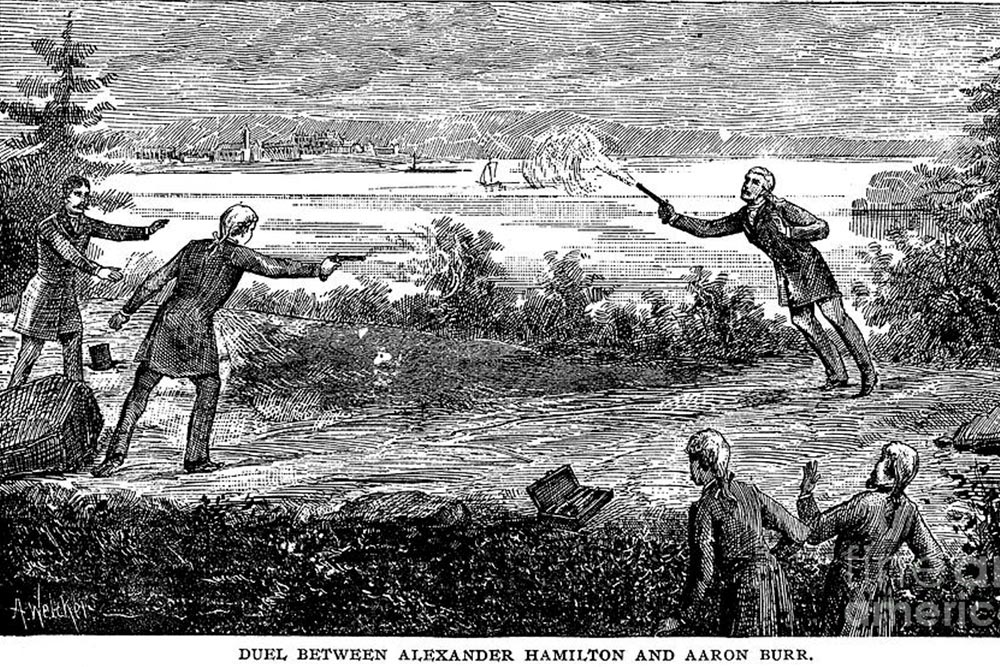
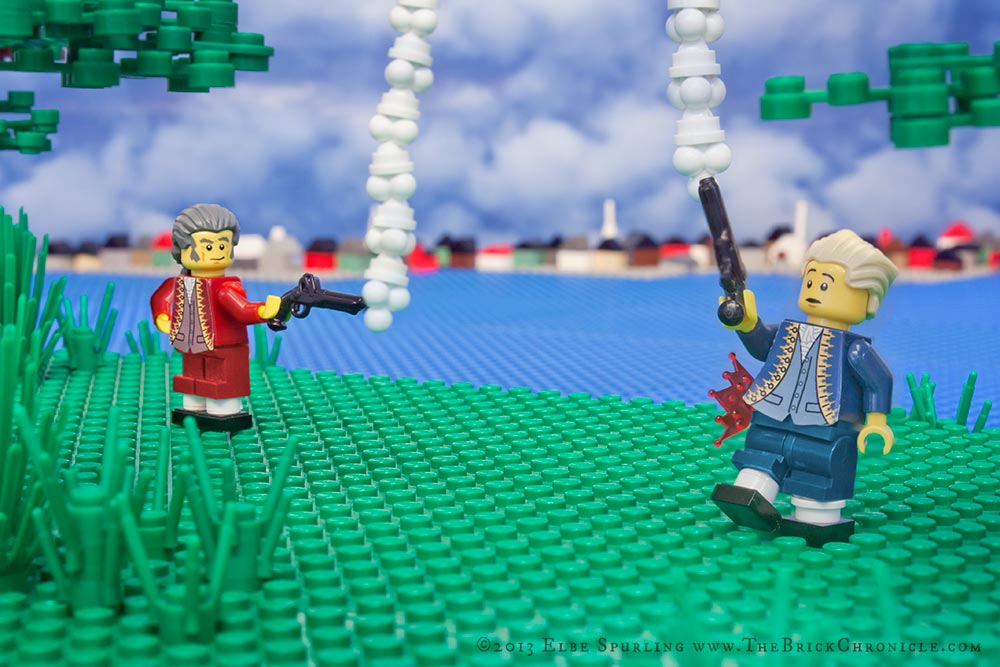
Revolutionary War heroes Alexander Hamilton and Vice President Aaron Burr each rowed across the Hudson from their homes in New York City to the same dueling ground in Weehawken where Hamilton’s son had died in a duel just 3 years earlier.
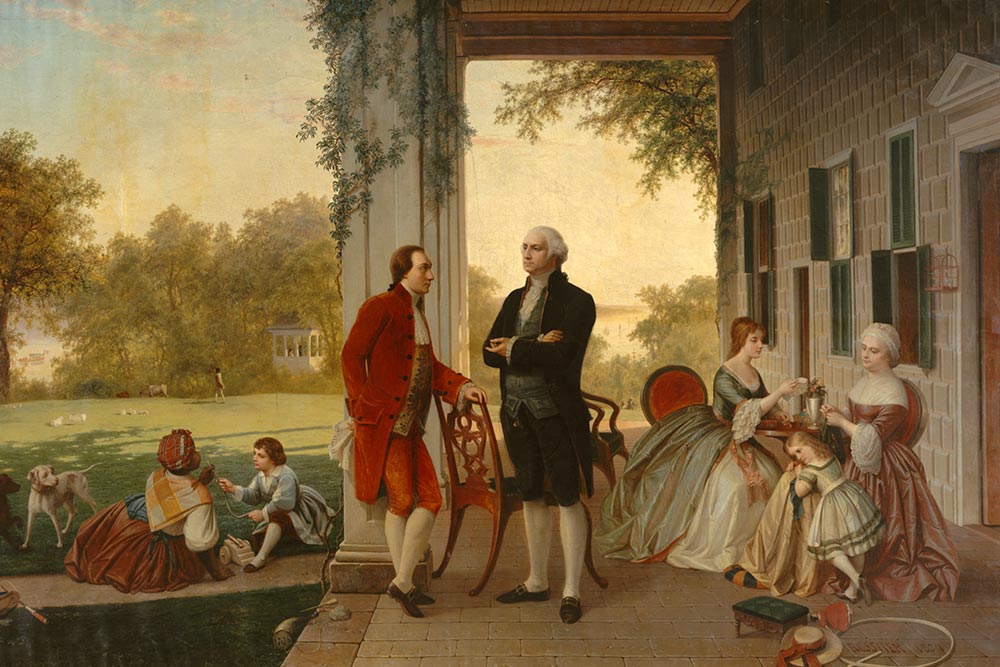
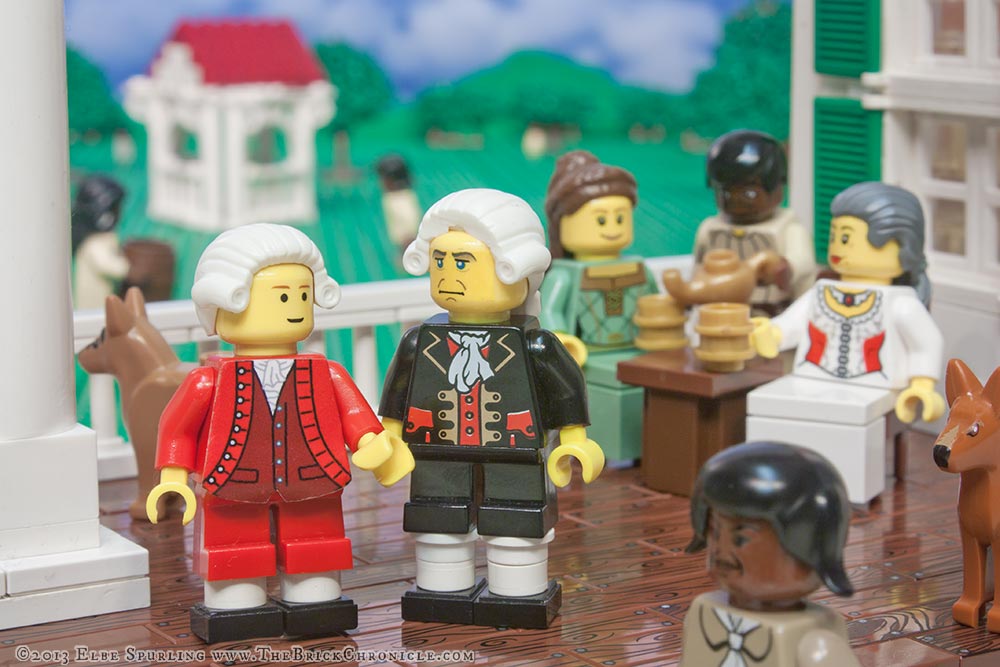
The Marquis de Lafayette returned to America and visited his friend President George Washington for one last time on August 17, 1784, before going on to be a pivotal figure in the French Revolution which began just 5 years later.
